Menu
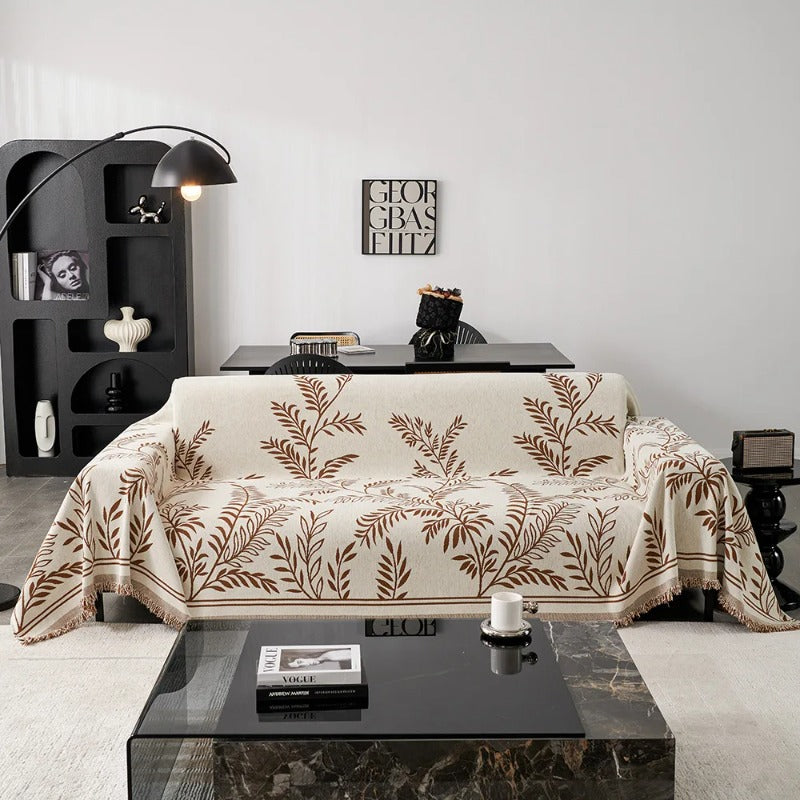
The Sustainable Choice: Eco-Friendly Fabrics for Your Home
Introduction
In an era of increasing environmental awareness, the choices we make for our homes extend beyond aesthetics and comfort to include their impact on our planet. The textiles we choose, particularly for large items like sofa covers, represent an important opportunity to make sustainable choices that benefit both our living spaces and the environment.
Sustainable fabrics have evolved dramatically from their early iterations, now offering comparable durability, beauty, and performance to conventional materials. This guide will help you navigate the world of eco-friendly textiles, understanding their benefits, and making informed choices that align with your values.
Why Sustainable Fabrics Matter
The environmental impact of conventional textile production is significant:
-
Water Consumption: Conventional cotton farming uses approximately 2,700 litres of water to produce one cotton t-shirt
-
Chemical Usage: Traditional fabric production involves pesticides, insecticides, and synthetic dyes
-
Microplastic Pollution: Synthetic fabrics shed microplastics during washing
-
Landfill Waste: Fast furniture and disposable textiles contribute to growing waste problems
The Sustainable Fabric Guide
Organic Cotton:
-
Certification: Look for GOTS (Global Organic Textile Standard) certification
-
Benefits: Grown without synthetic pesticides, uses less water, supports biodiversity
-
Best For: Everyday sofa covers, family homes, and those with sensitive skin
-
Care: Machine washable, becomes softer with each wash
Linen:
-
Sustainability Features: Made from flax plant, requires minimal water and pesticides
-
Benefits: Naturally biodegradable, extremely durable, becomes softer with age
-
Best For: Breathable sofa covers, warm climates, and sophisticated aesthetics
-
Care: Becomes softer with washing, embrace natural crinkles
Hemp:
-
Eco-Credentials: Requires no pesticides, improves soil quality, high yield per acre
-
Benefits: Extremely durable, naturally antimicrobial, softens with use
-
Best For: Durable sofa covers, high-use areas, and eco-conscious consumers
-
Care: Similar to linen, softens with each wash
Recycled Polyester:
-
Source: Made from post-consumer plastic bottles
-
Benefits: Reduces plastic waste, requires less energy than virgin polyester
-
Best For: Stain-resistant sofa covers, families with children and pets
-
Considerations: Can still shed microplastics during washing
Certifications to Look For
Understanding eco-labels:
-
GOTS (Global Organic Textile Standard): Comprehensive organic certification
-
OEKO-TEX Standard 100: Tests for harmful substances
-
Global Recycled Standard: Verifies recycled content
-
Fair Trade Certified: Ensures ethical production practices
The Lifecycle Approach to Sustainable Styling
Choosing Durable Products:
-
Invest in quality pieces that last longer
-
Look for reinforced stitching and quality construction
-
Choose timeless styles that won't date quickly
Proper Care and Maintenance:
-
Follow care instructions to extend product life
-
Wash only when necessary to conserve water and energy
-
Use eco-friendly detergents
End-of-Life Considerations:
-
Choose biodegradable natural fibers when possible
-
Repurpose old sofa covers as cleaning cloths or craft materials
-
Donate usable items rather than sending to landfill
Debunking Sustainable Fabric Myths
Myth 1: "Sustainable fabrics aren't durable"
-
Reality: Many natural fibers like linen and hemp actually become stronger when wet and soften with age
Myth 2: "Eco-friendly means expensive"
-
Reality: While some sustainable options have higher upfront costs, their durability often makes them more cost-effective long-term
Myth 3: "Sustainable options are limited"
-
Reality: The range of eco-friendly fabrics and styles has expanded dramatically in recent years
Building a Sustainable Home Gradually
Sustainability is a journey, not a destination:
-
Start Small: Begin with one sustainable piece, like organic cotton cushion covers
-
Replace Strategically: When items wear out, replace them with sustainable alternatives
-
Mix and Match: Combine existing items with new sustainable pieces
-
Focus on Quality: Choose fewer, better-quality items that will last
Conclusion: Your Home, Your Values
Choosing sustainable fabrics for your home represents a powerful alignment of your values with your daily living environment. Each eco-friendly sofa cover, organic cotton throw, or recycled cushion represents a positive choice for our planet while creating a healthier, more beautiful home for you and your family.
Remember that sustainability isn't about perfection - it's about progress. Every sustainable choice, no matter how small, contributes to a larger positive impact. By bringing consciousness to our textile choices, we can create homes that are not only comfortable and stylish but also responsible and forward-thinking.
Ready to Make a Sustainable Choice?
Explore our collection of eco-friendly sofa covers and home textiles at [Your Brand Name]. We're committed to offering beautiful, sustainable options that don't compromise on style or quality. Join us in creating a more beautiful world, one sofa cover at a time.
- Choosing a selection results in a full page refresh.
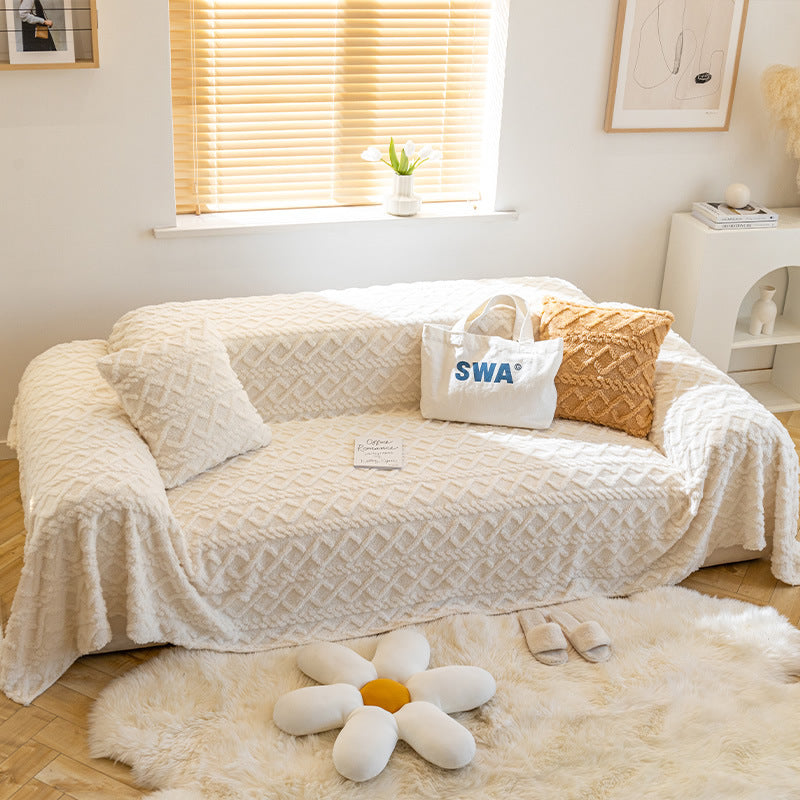
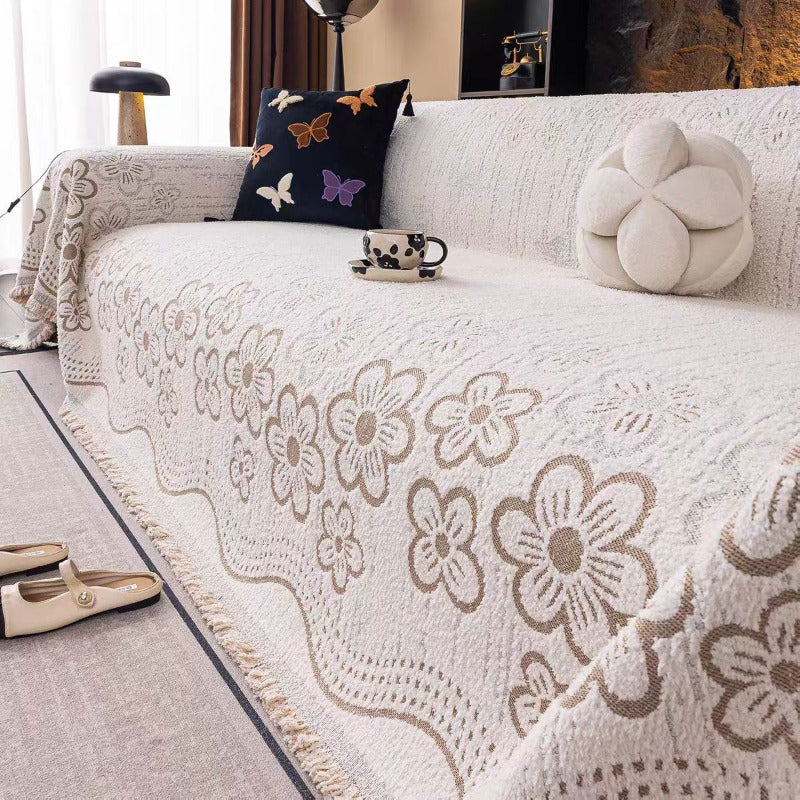
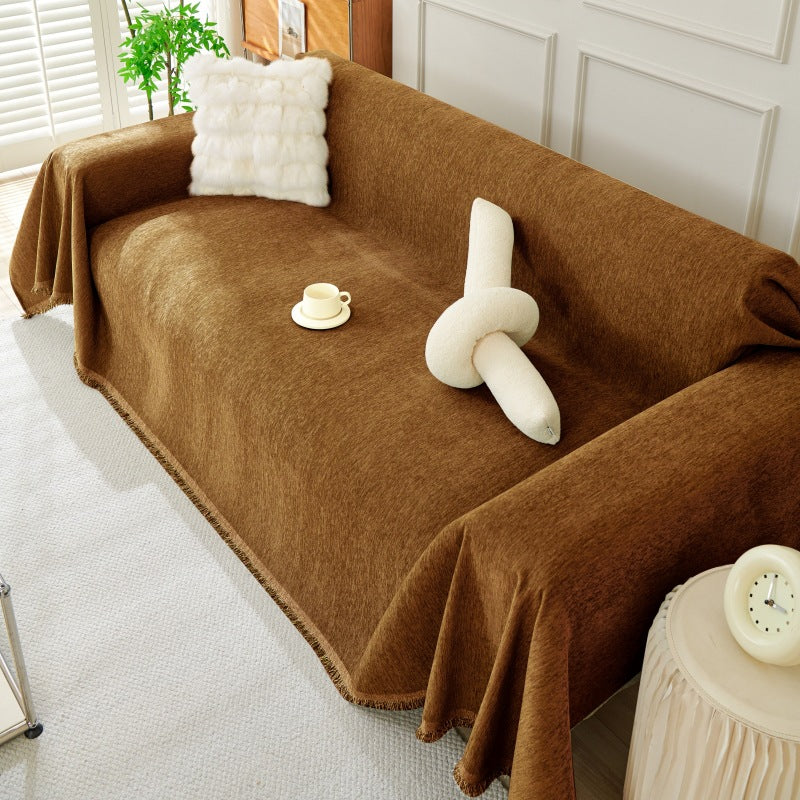
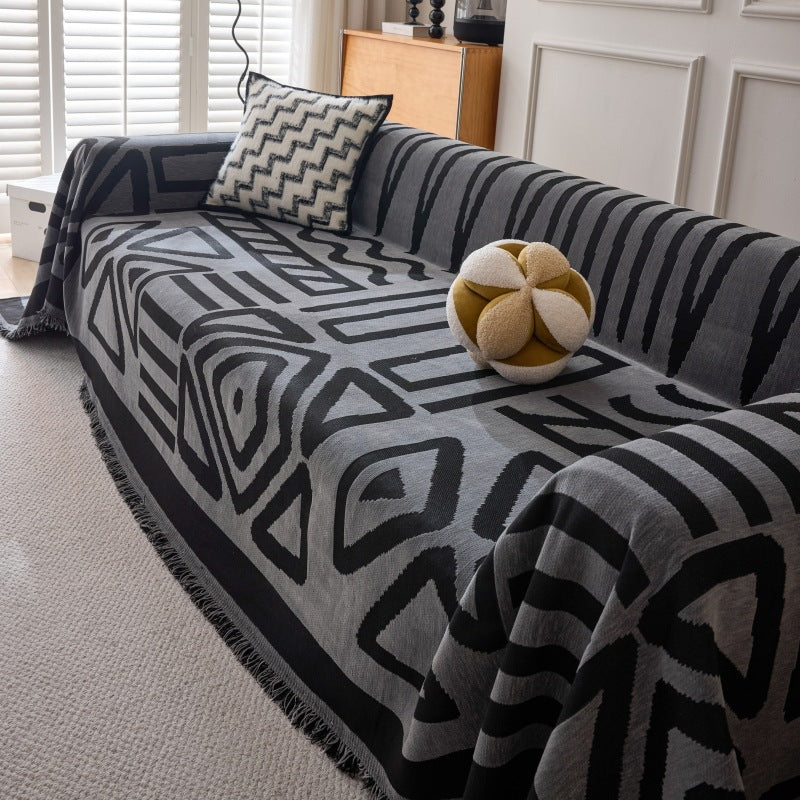
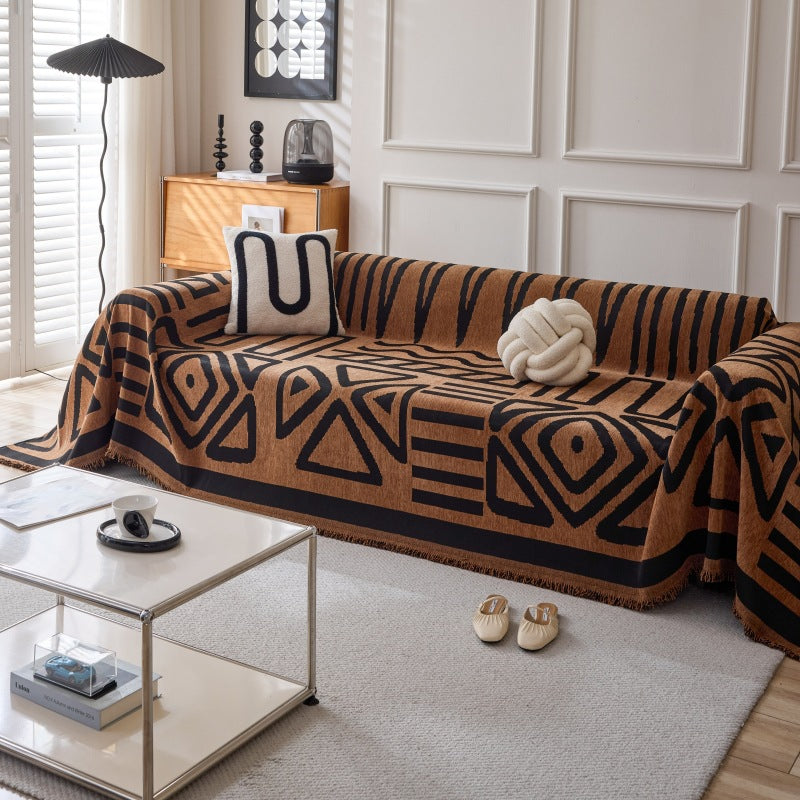
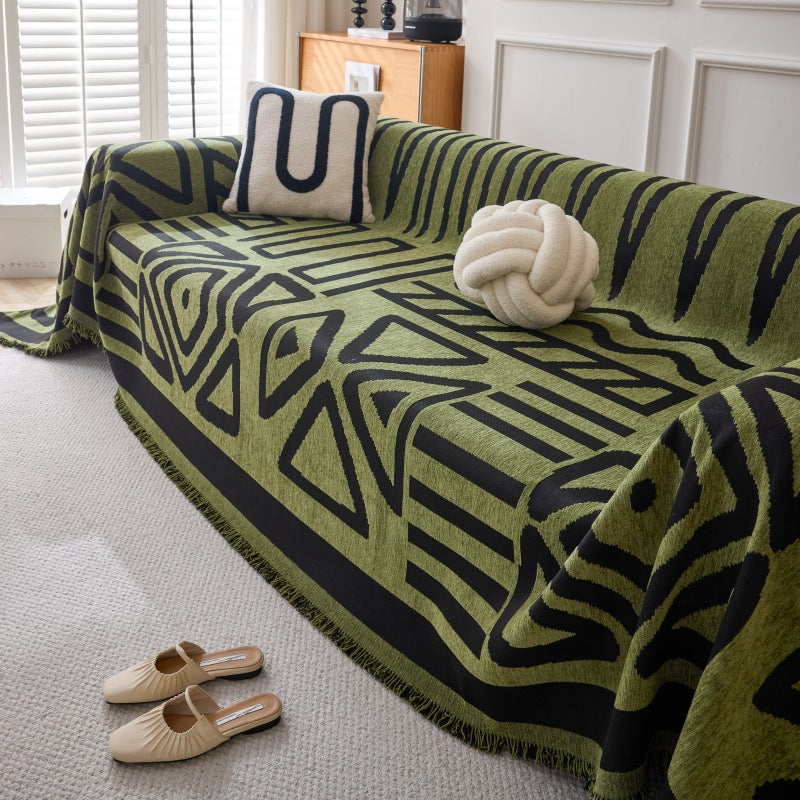
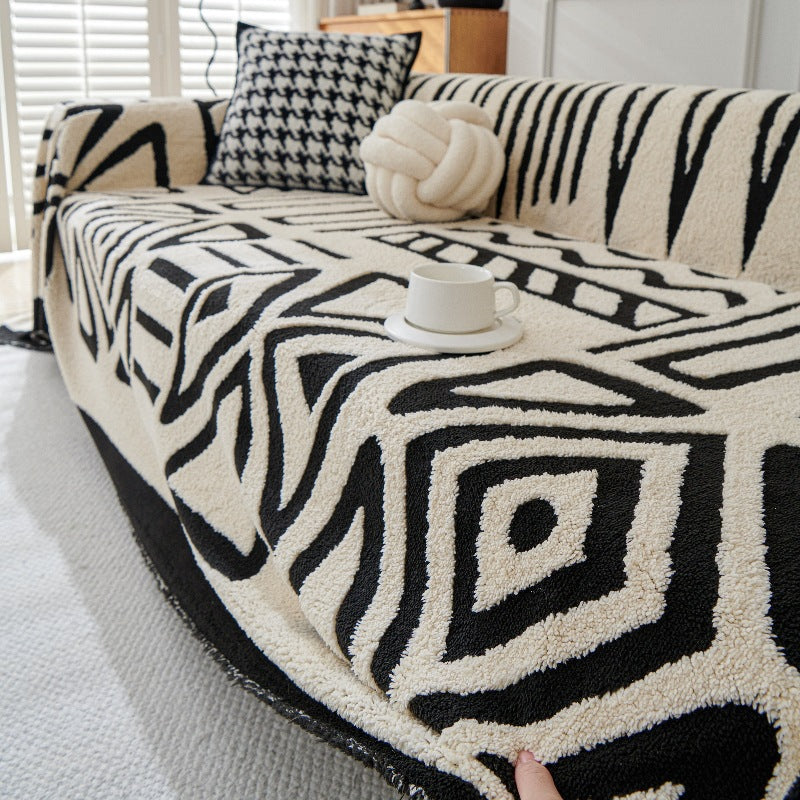
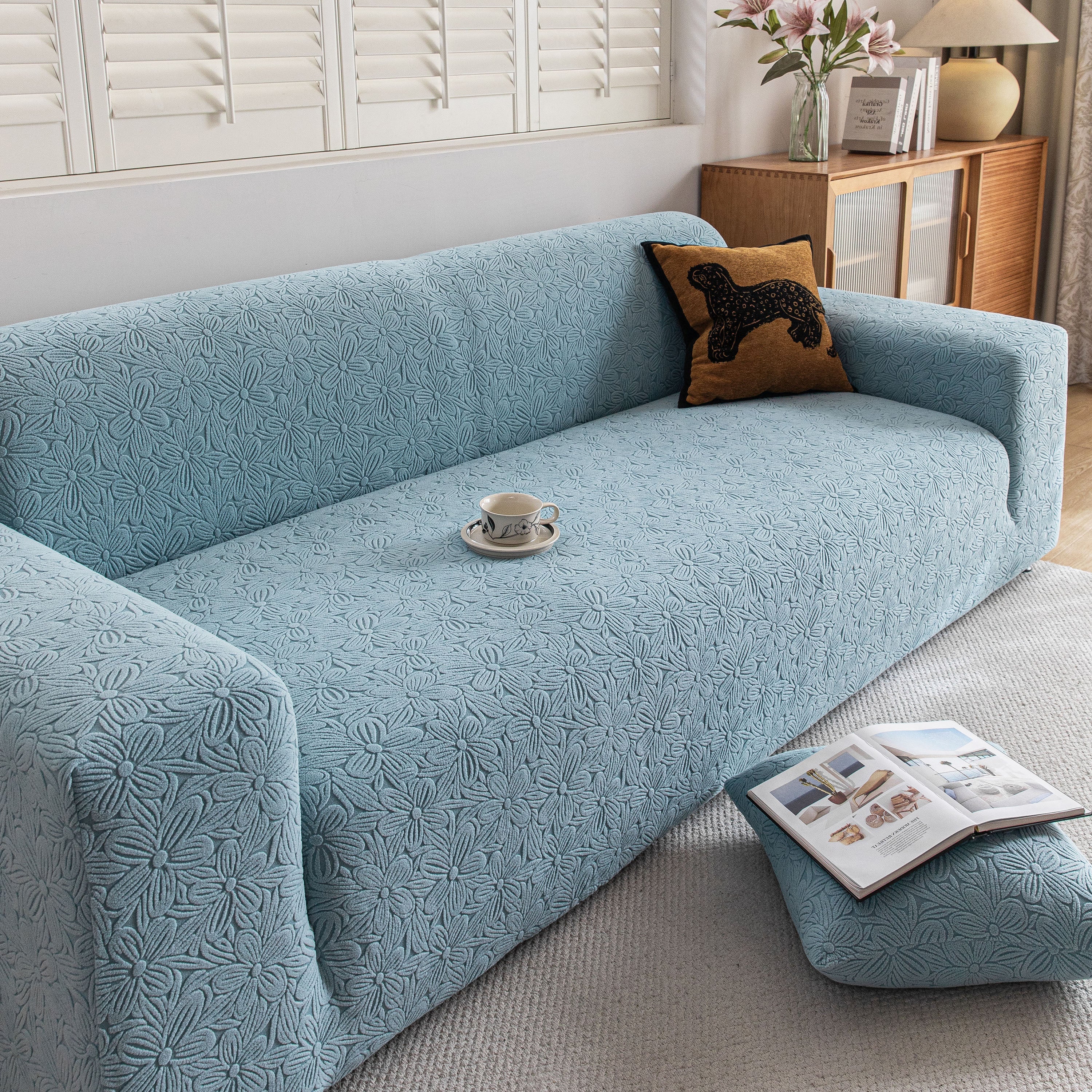







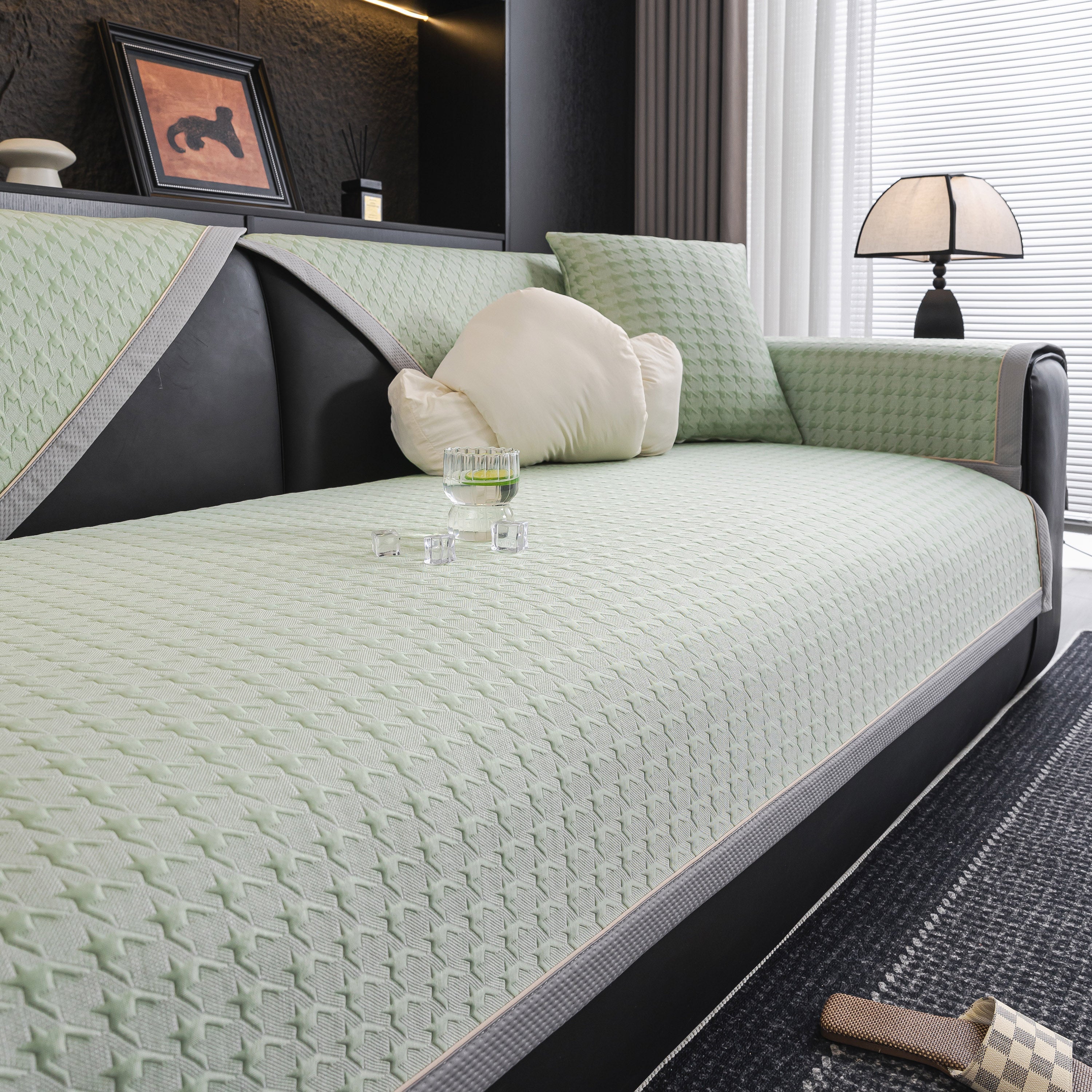





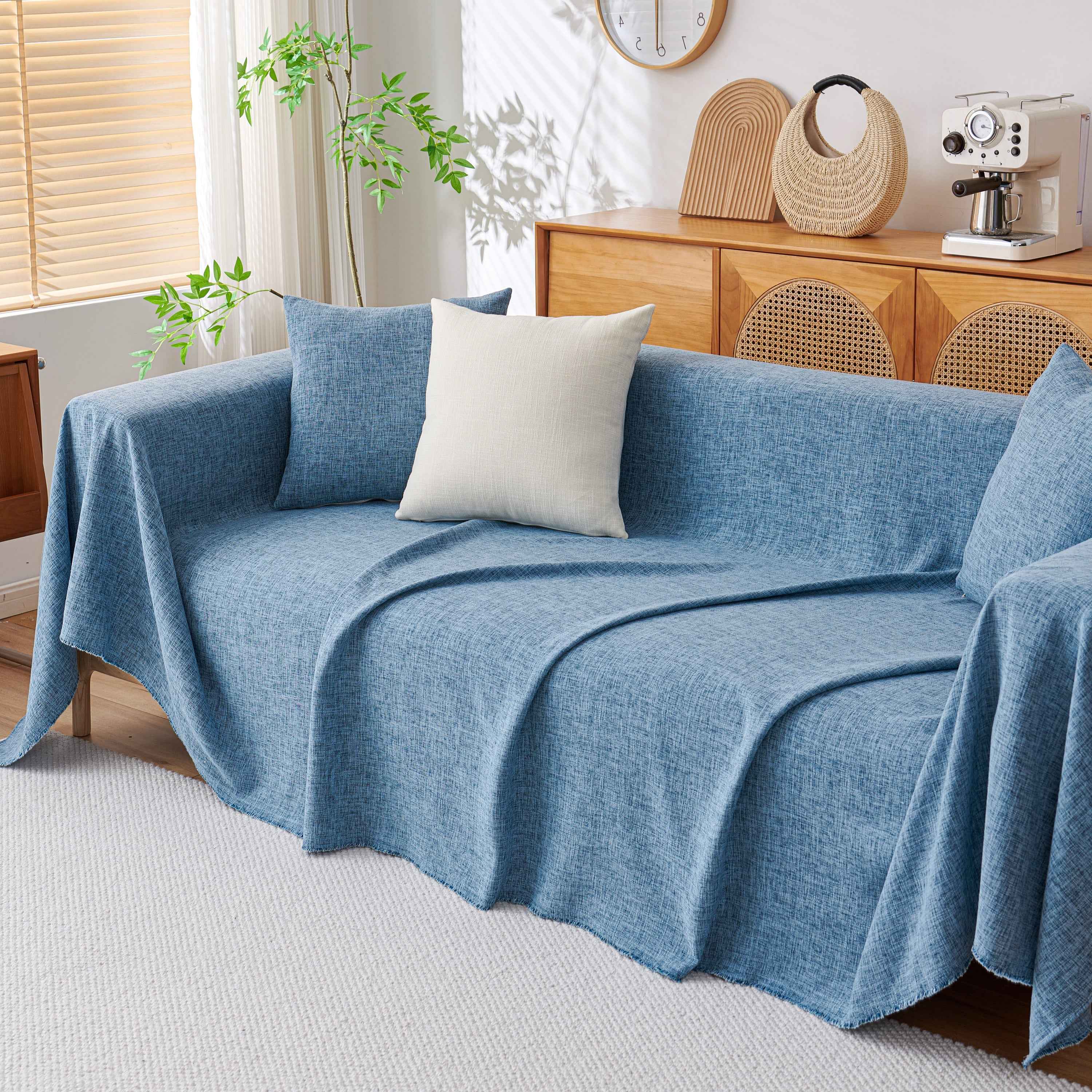

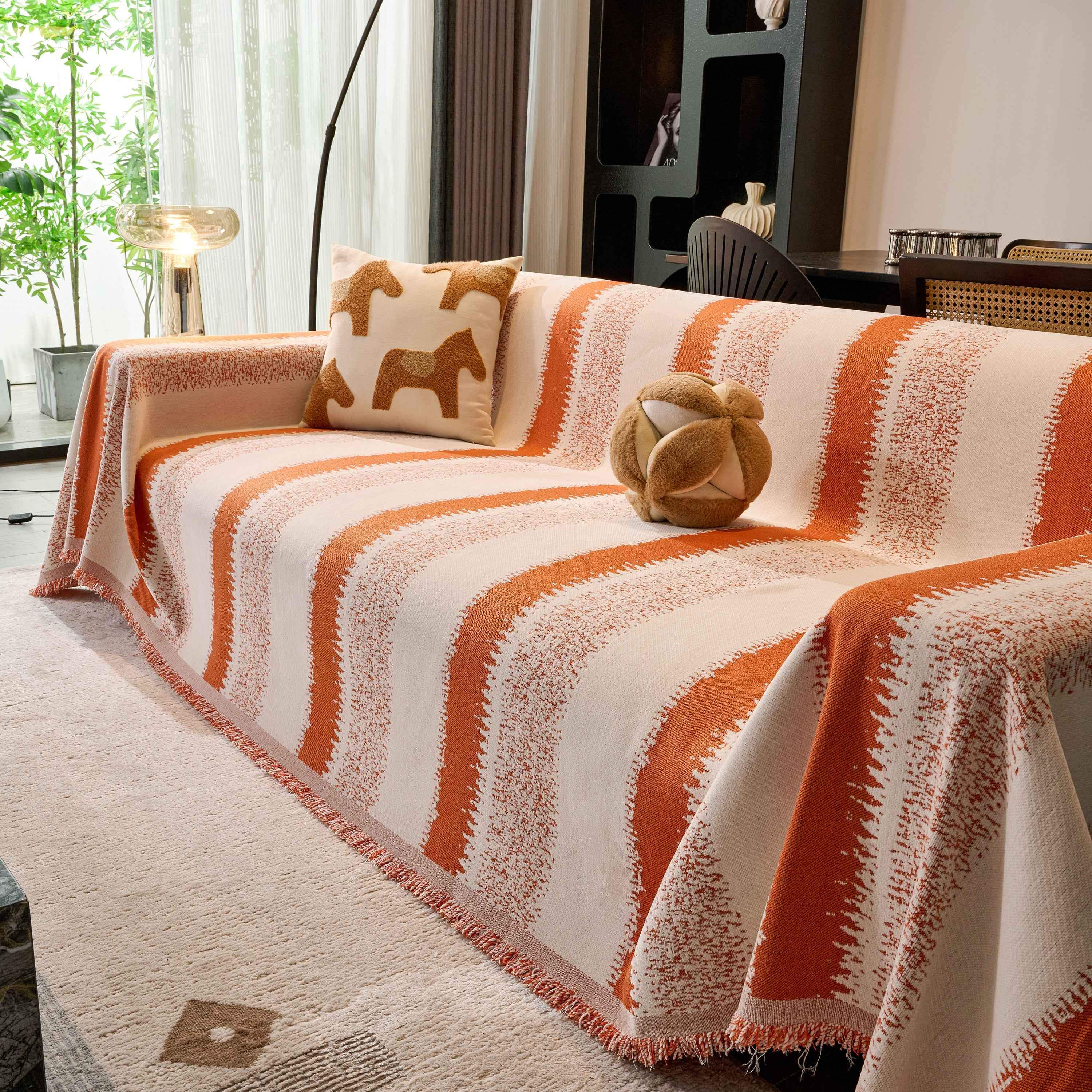
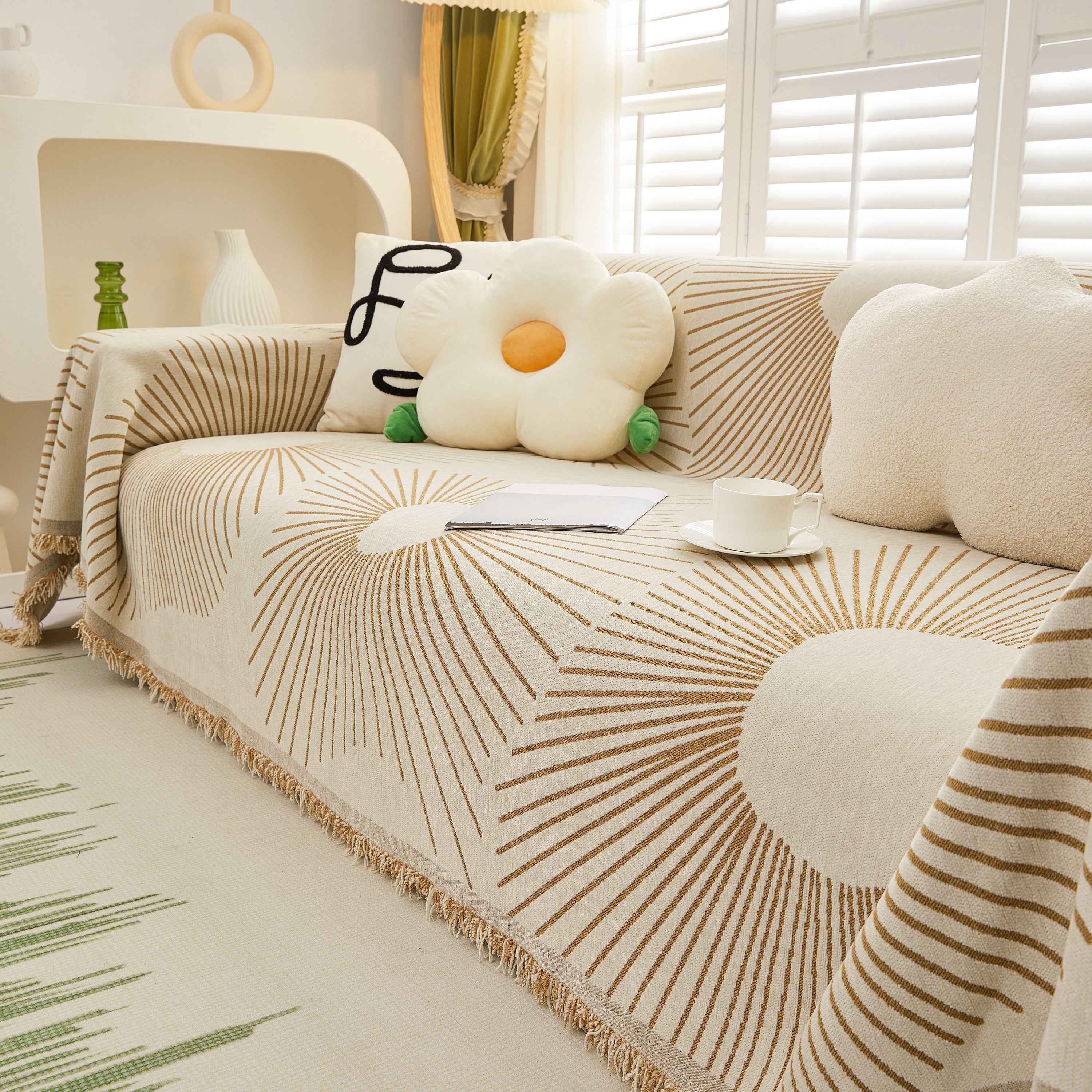




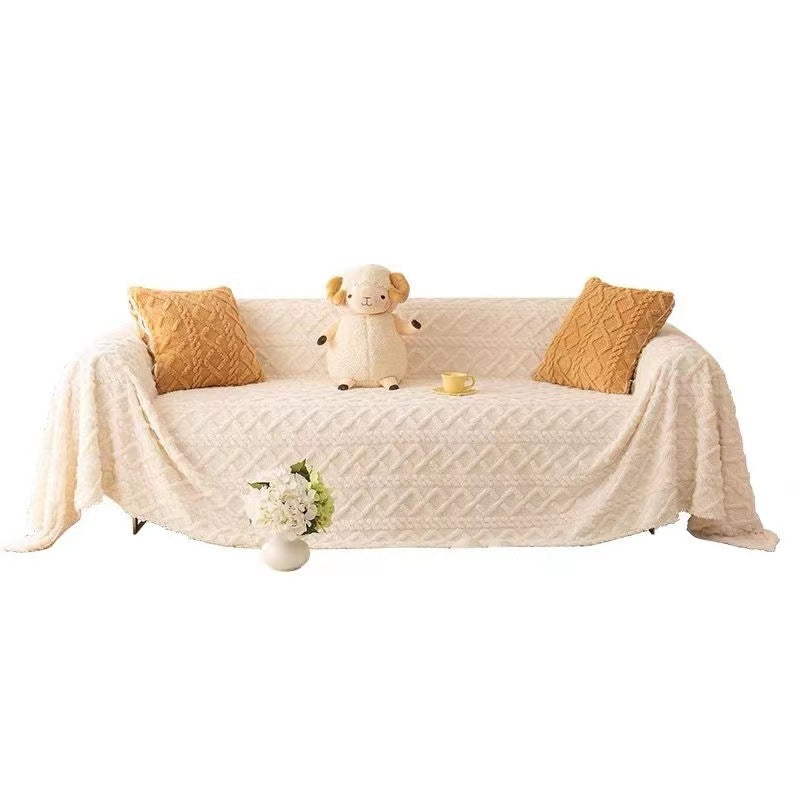
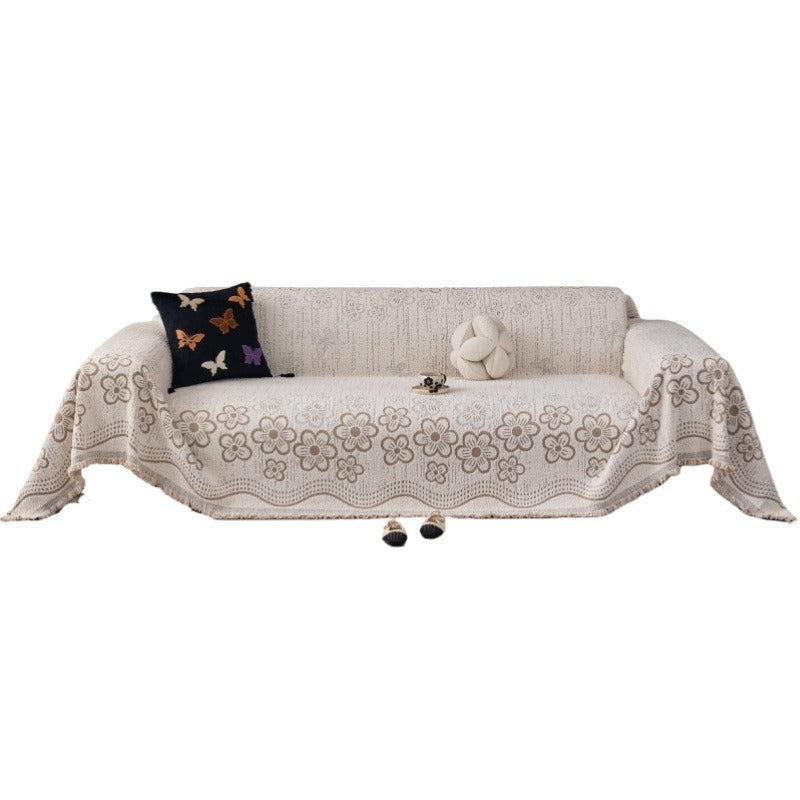
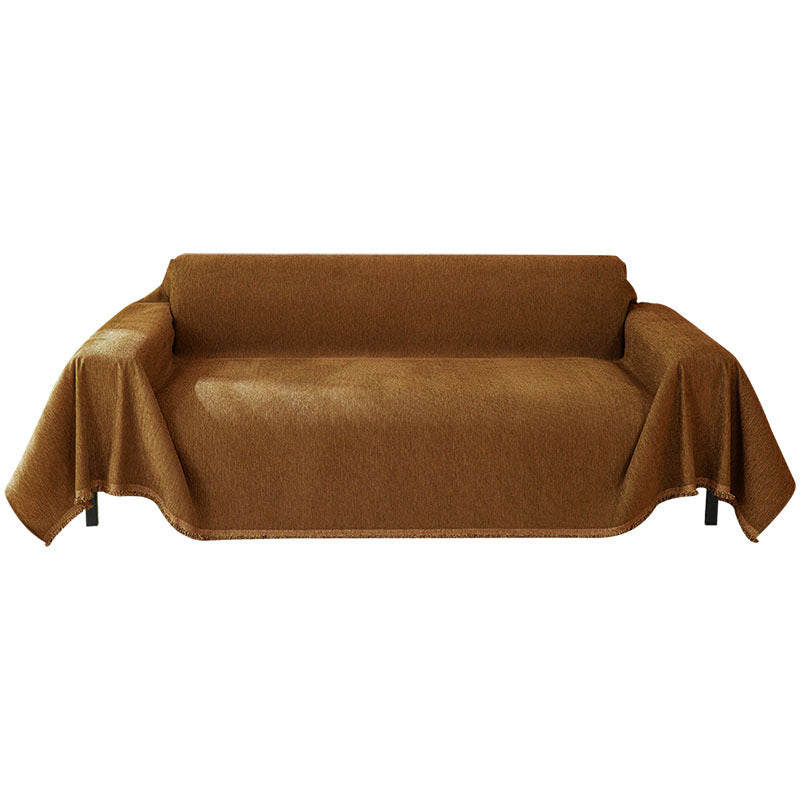
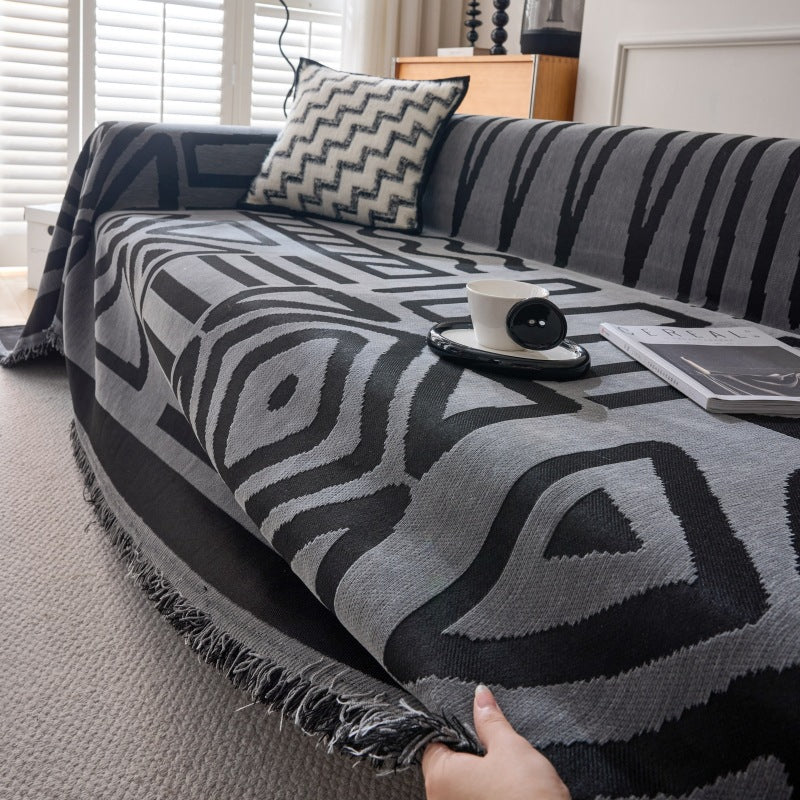
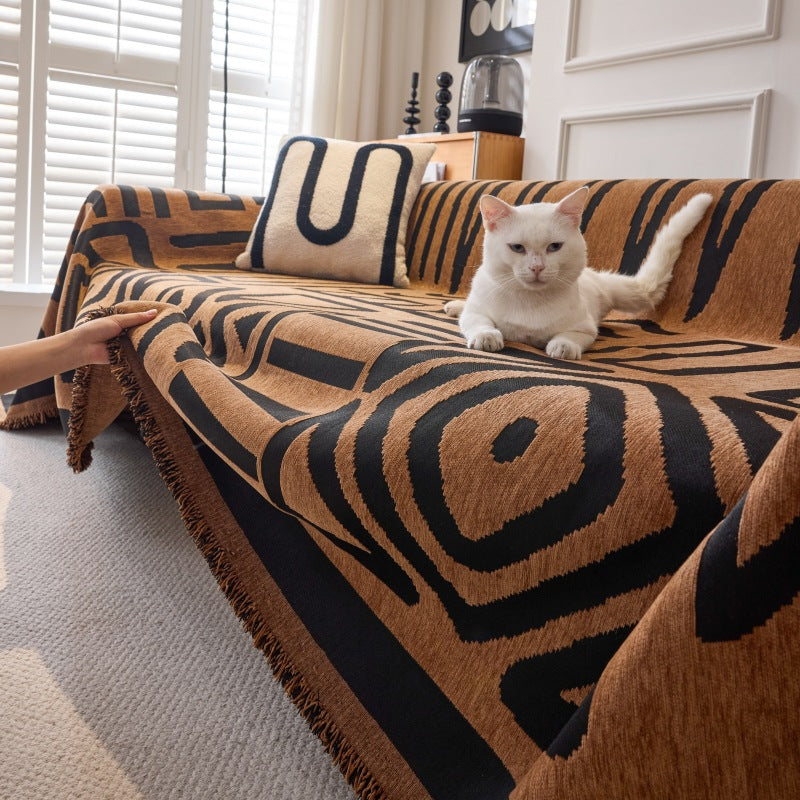
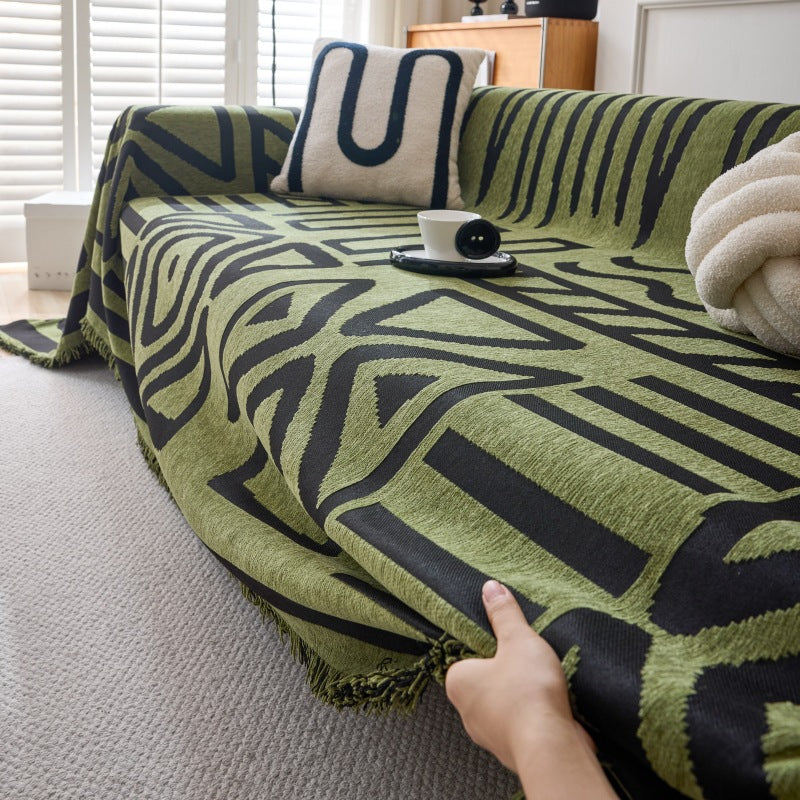
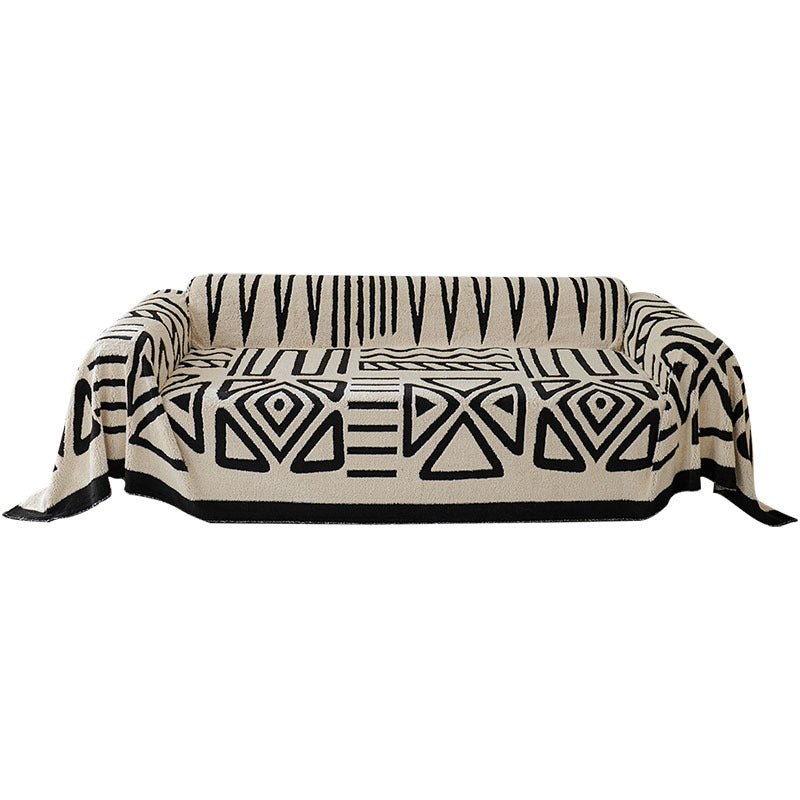
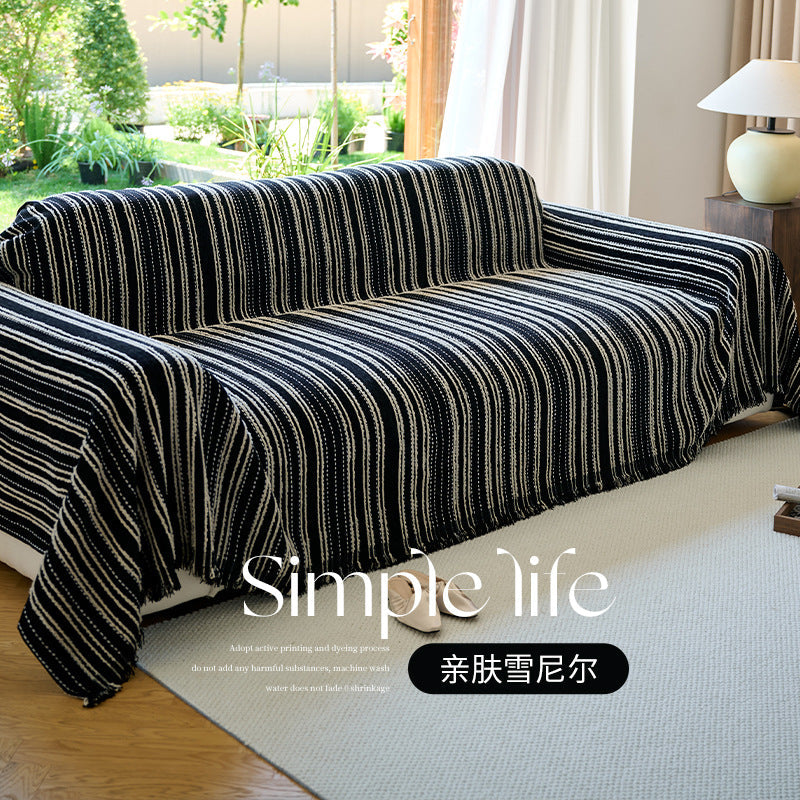
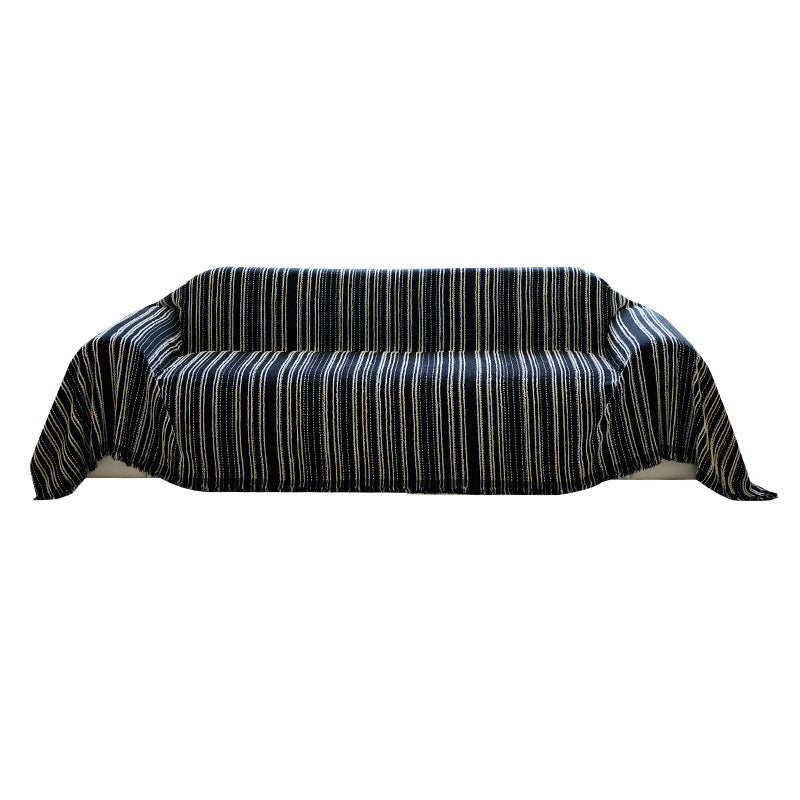
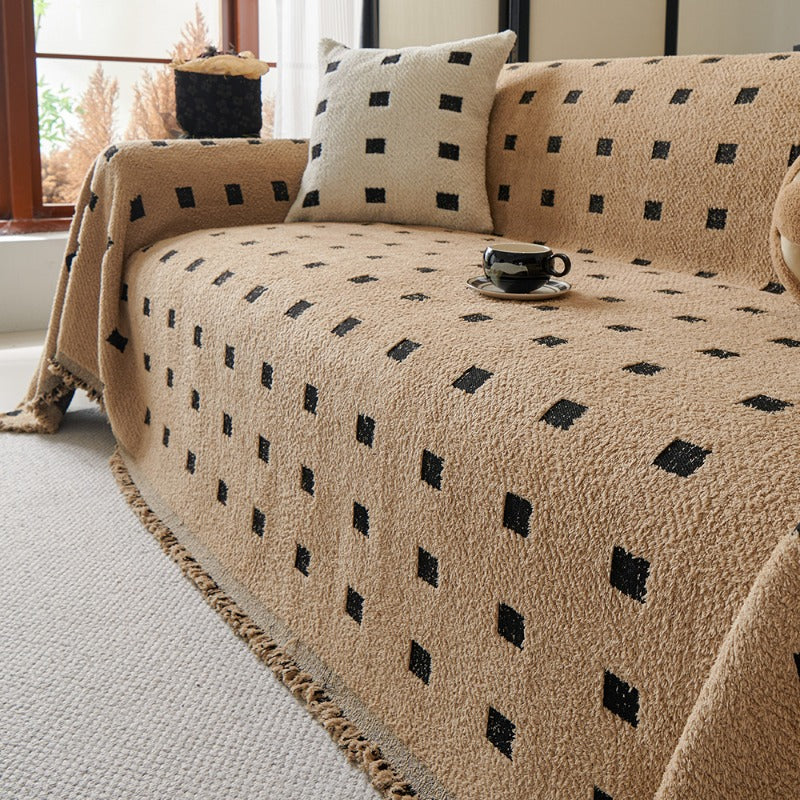
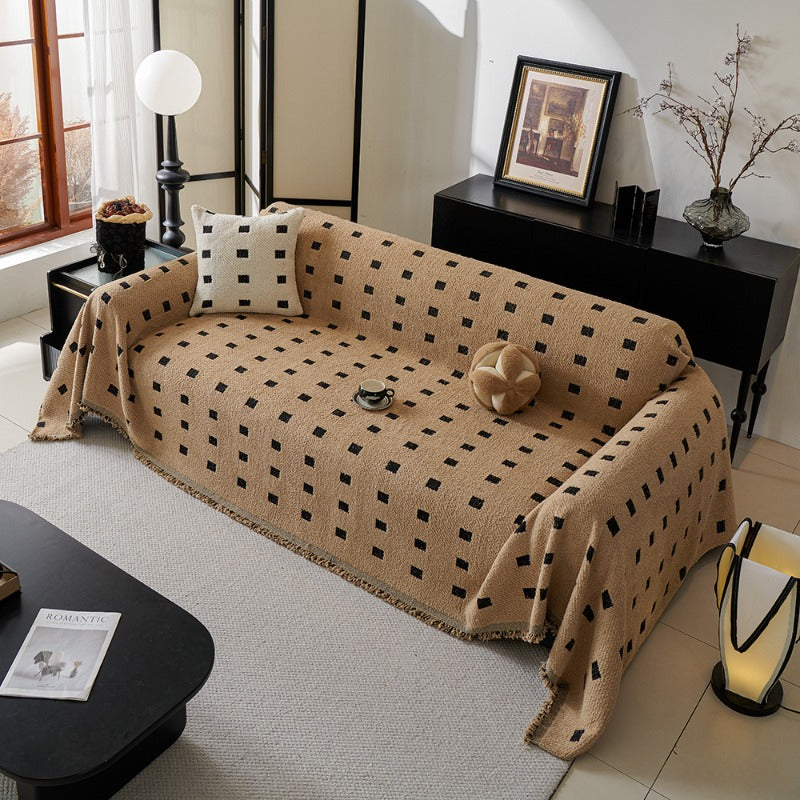
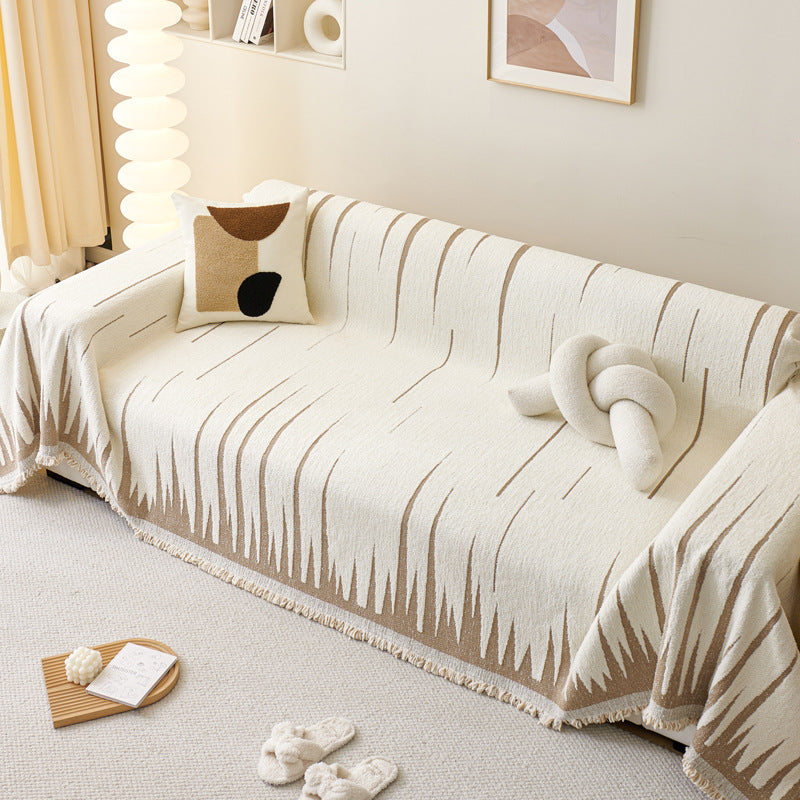
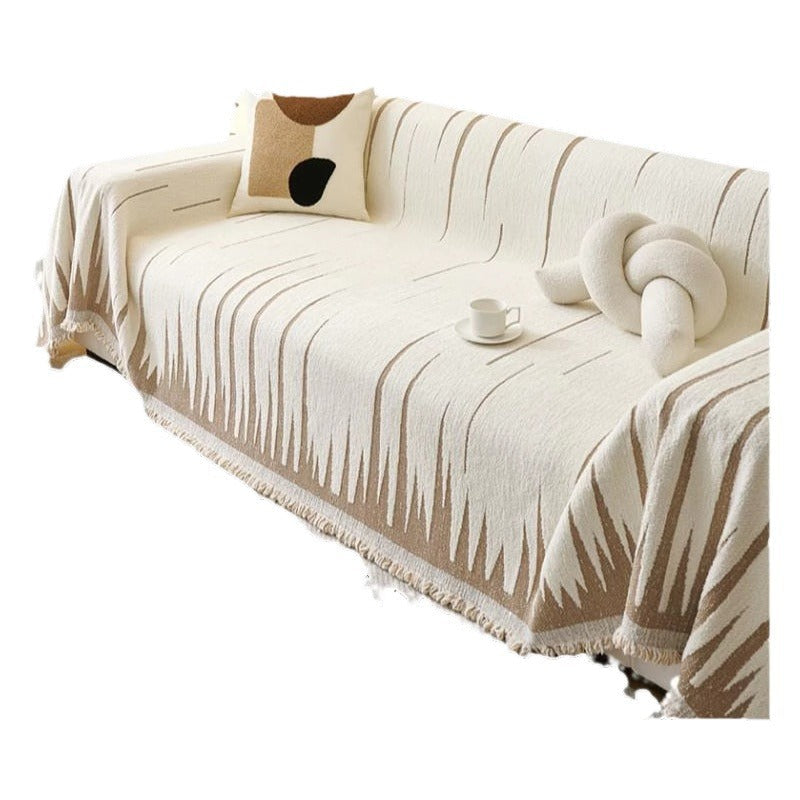
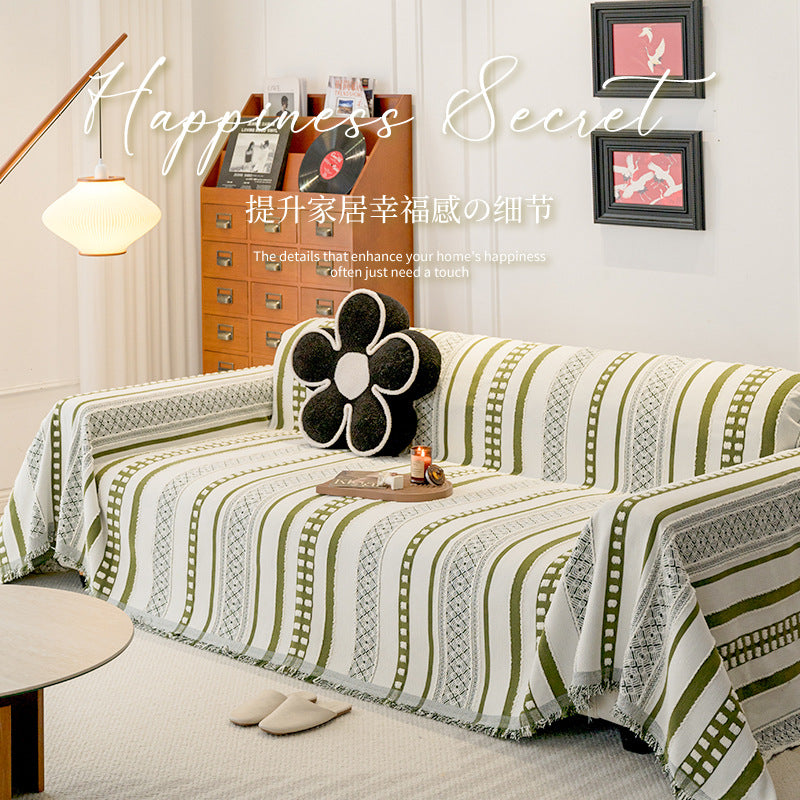
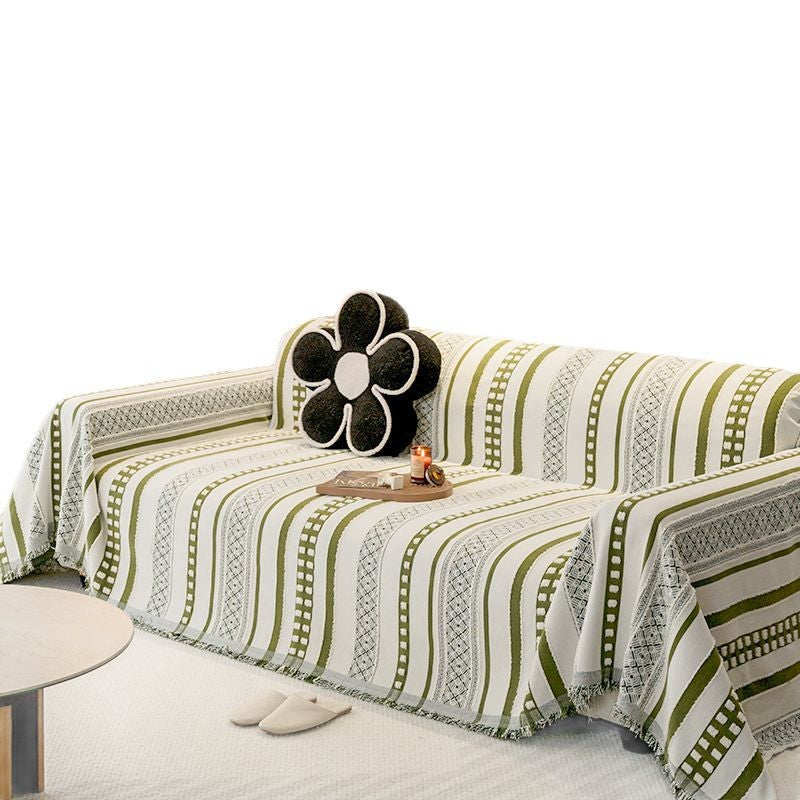
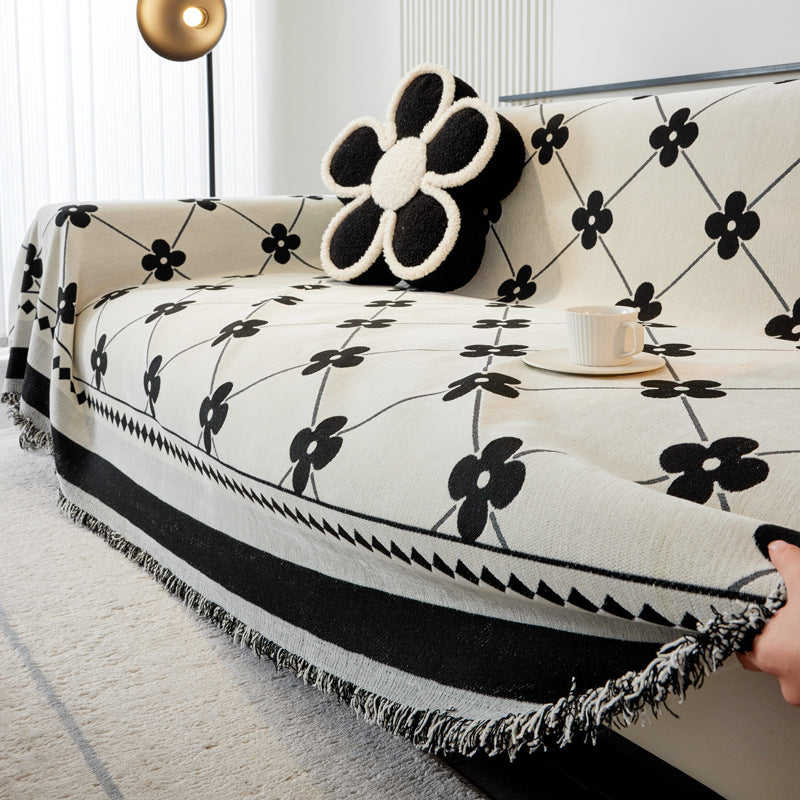
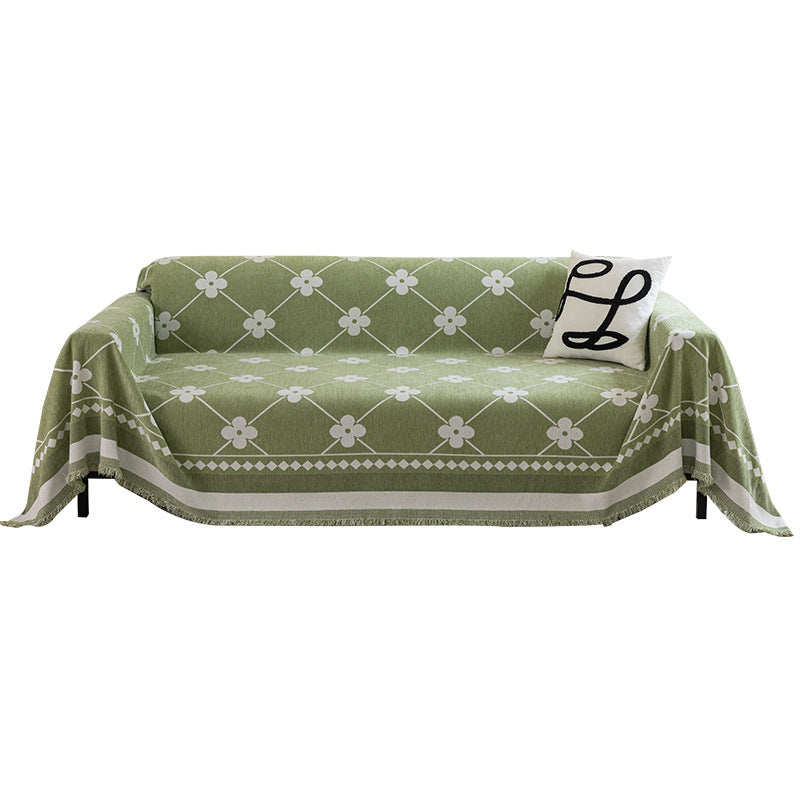
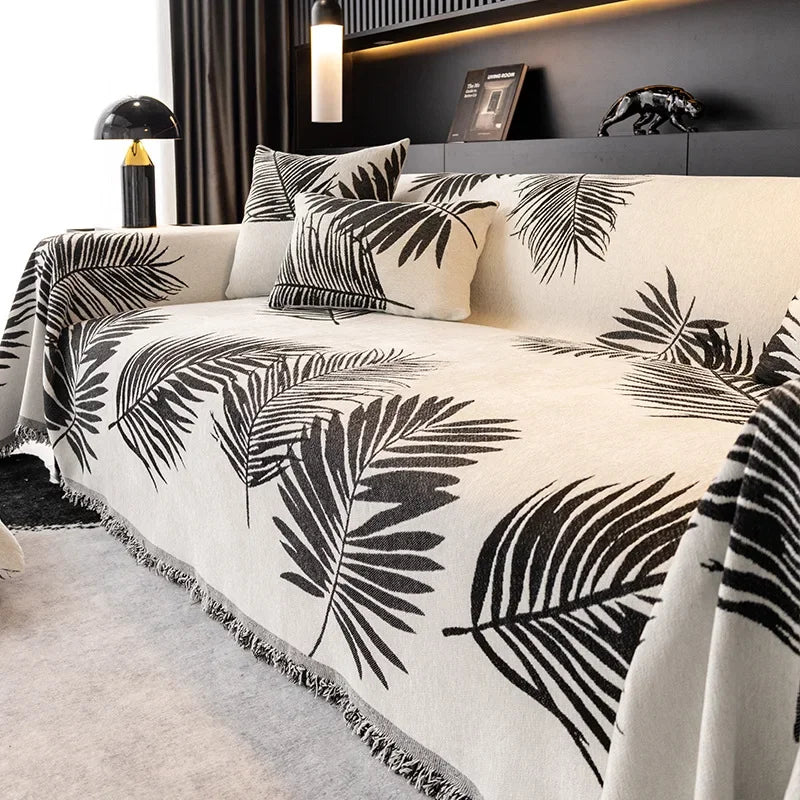
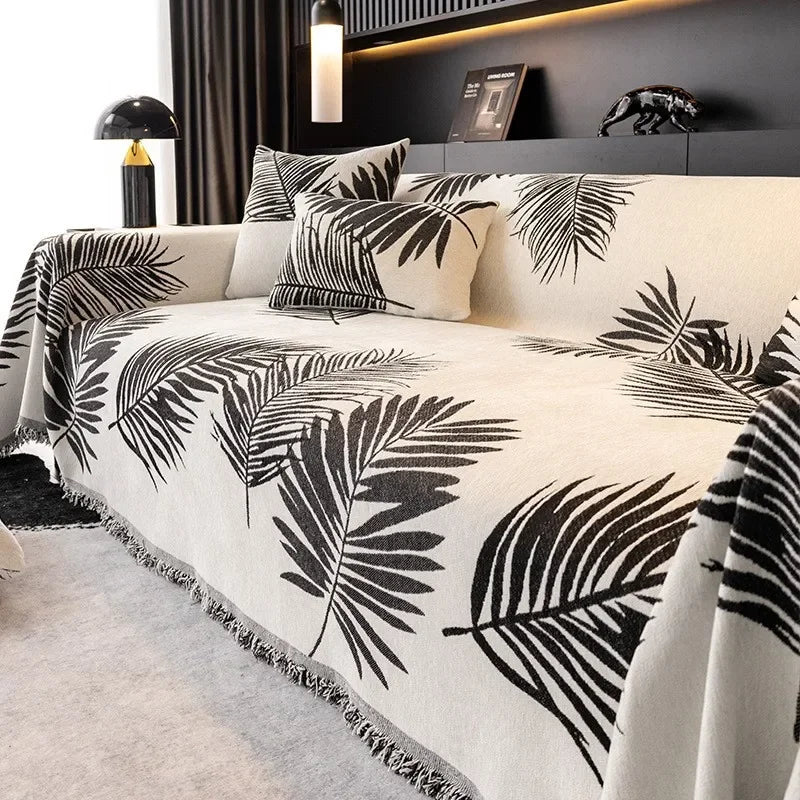
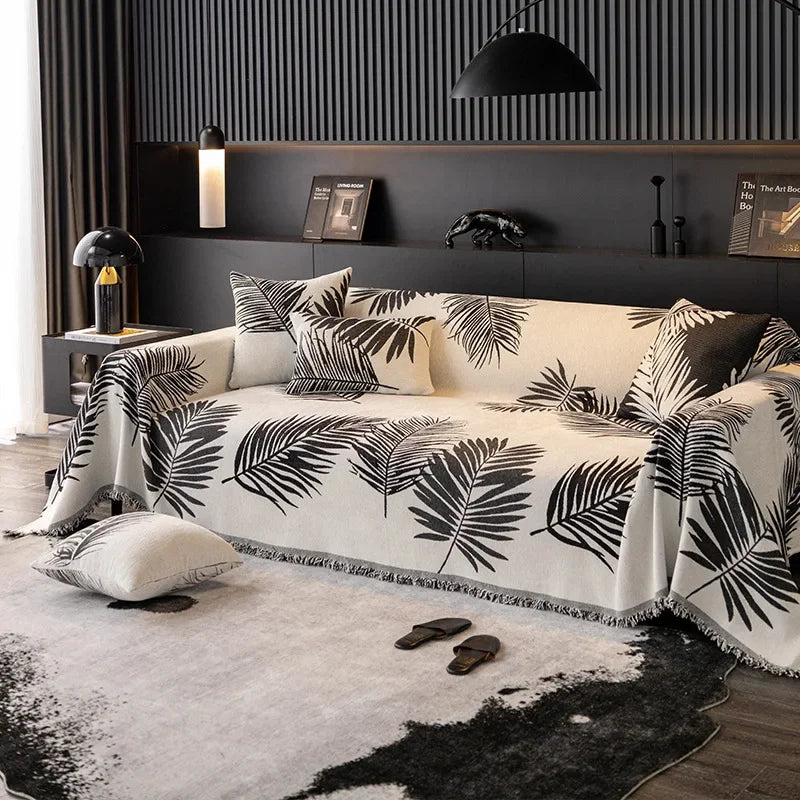
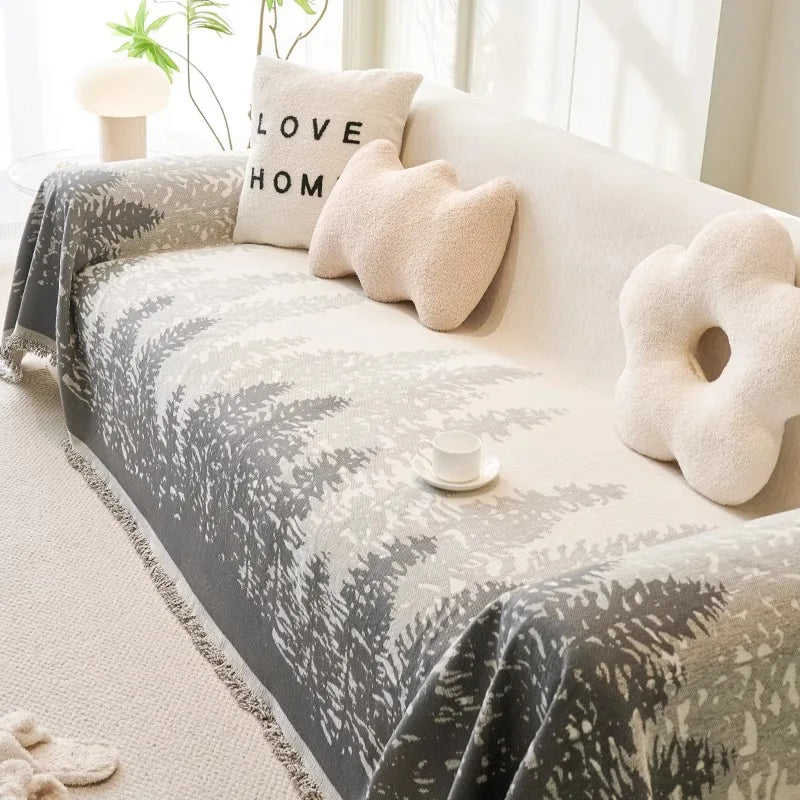
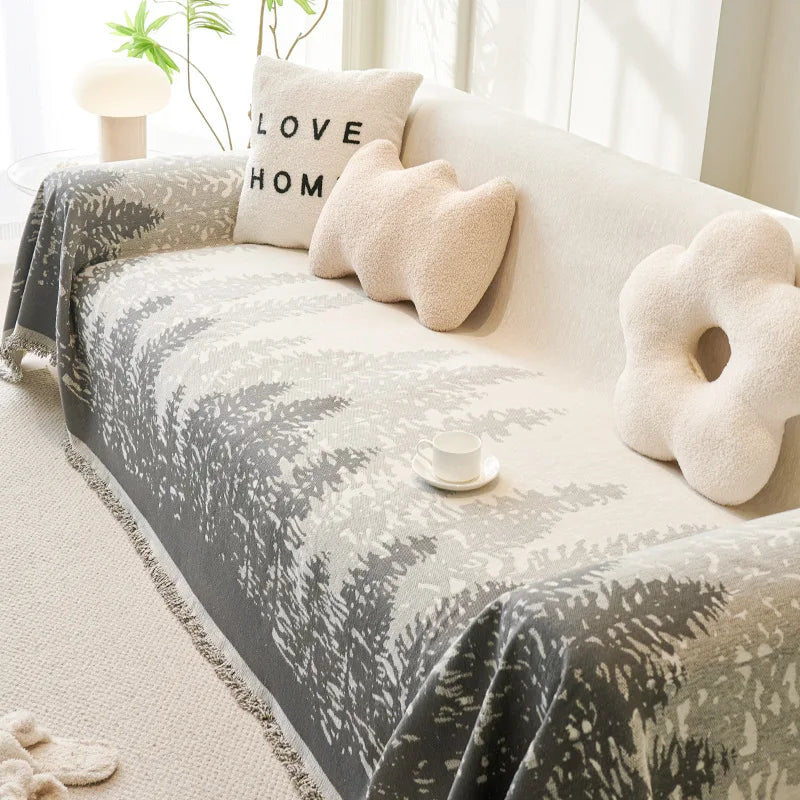
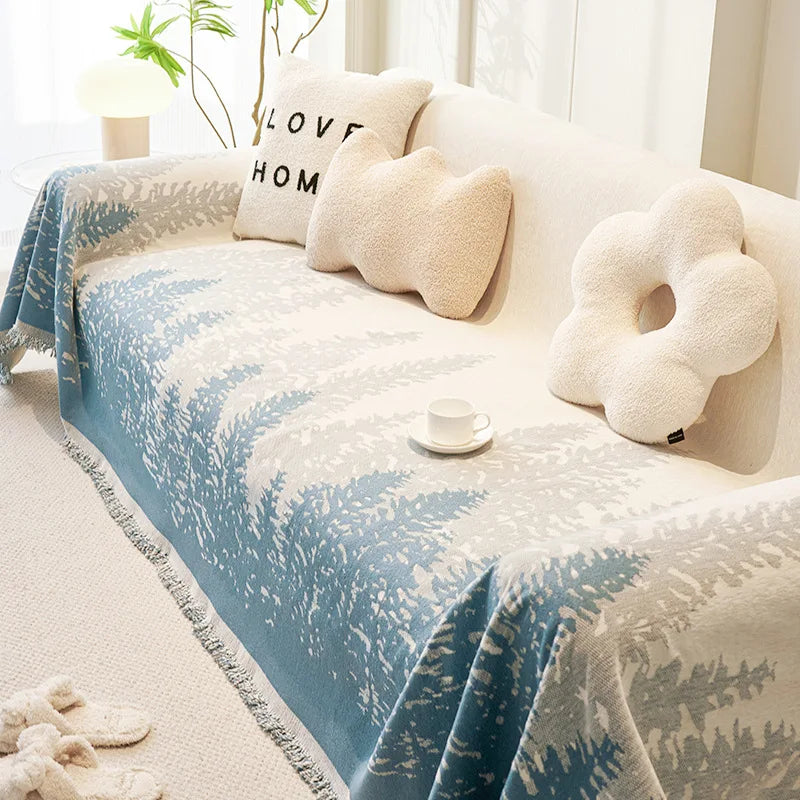
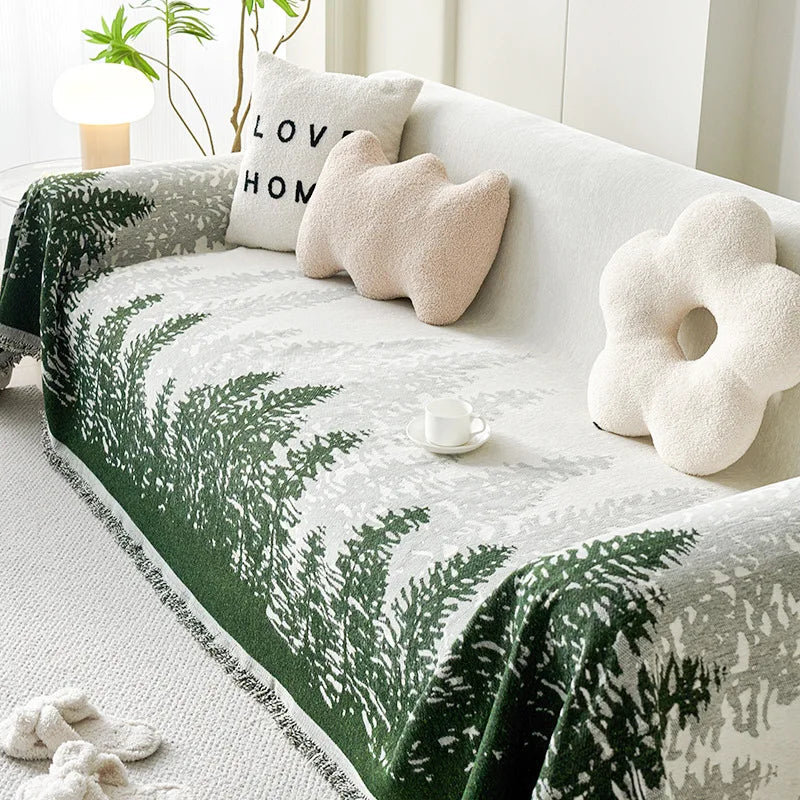
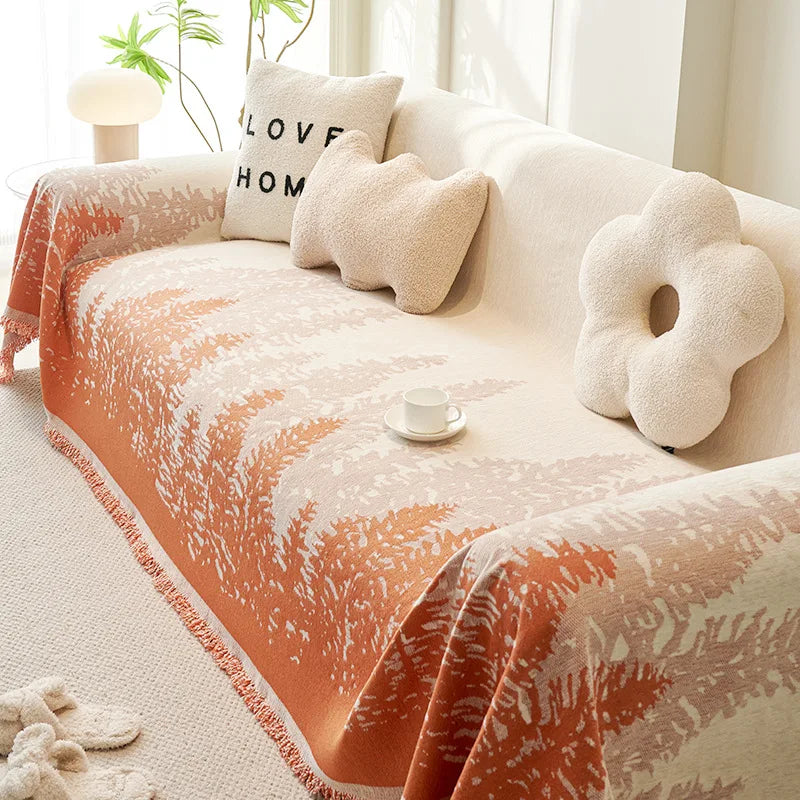
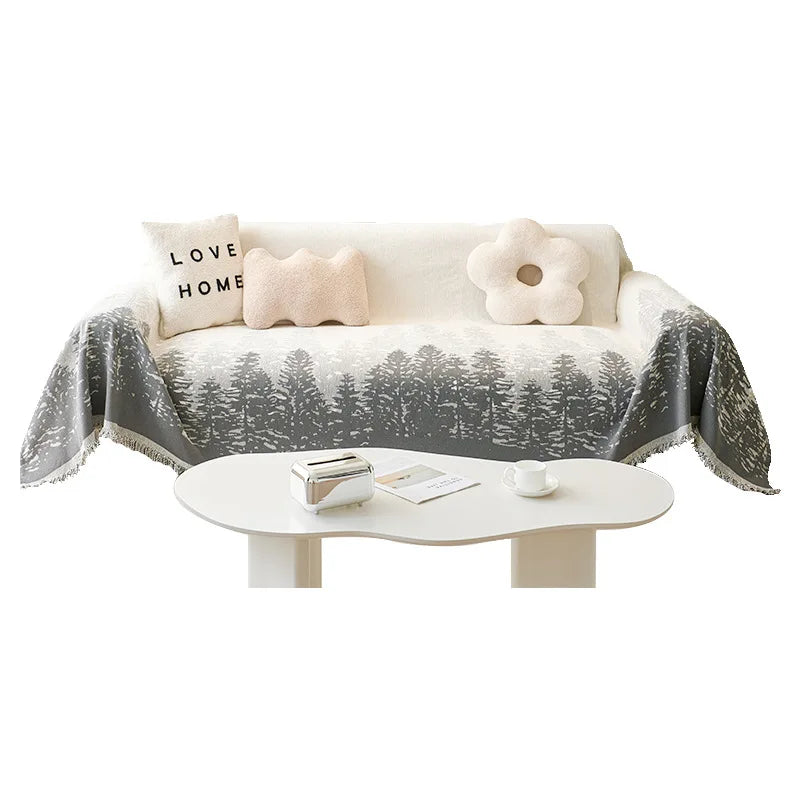
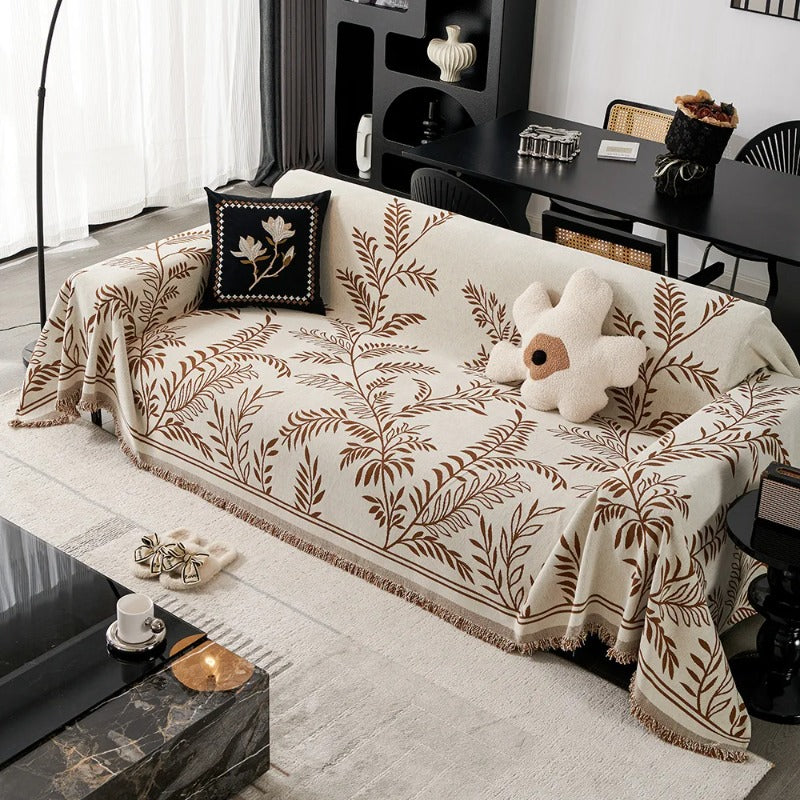
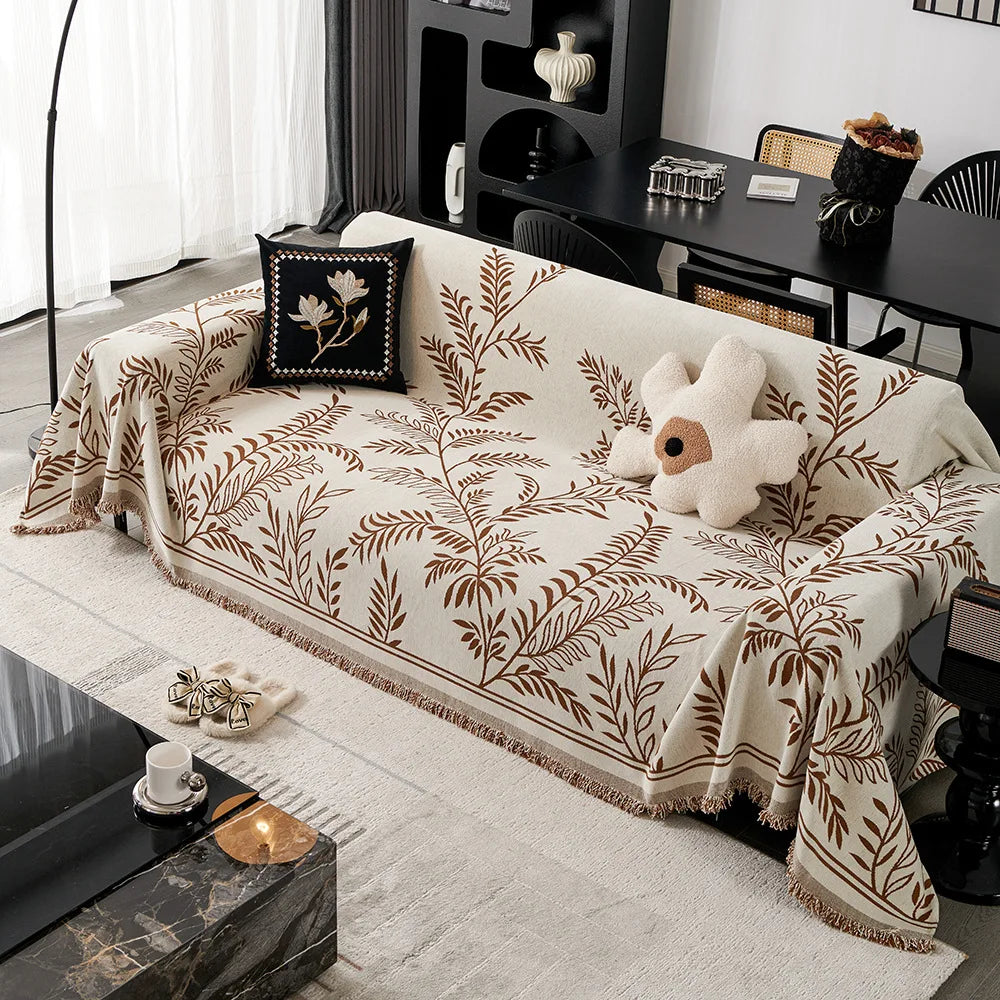
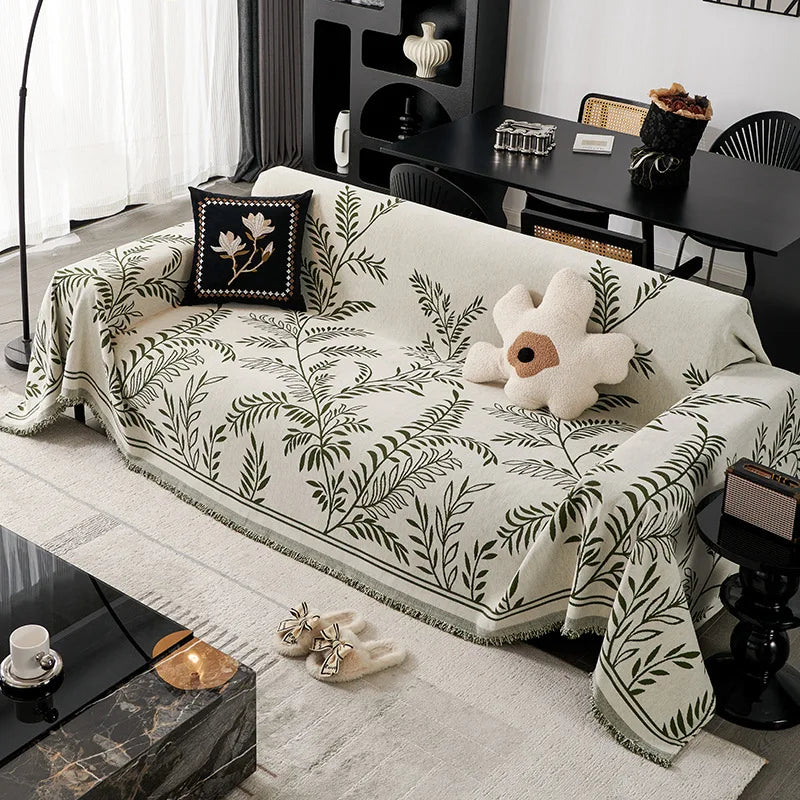
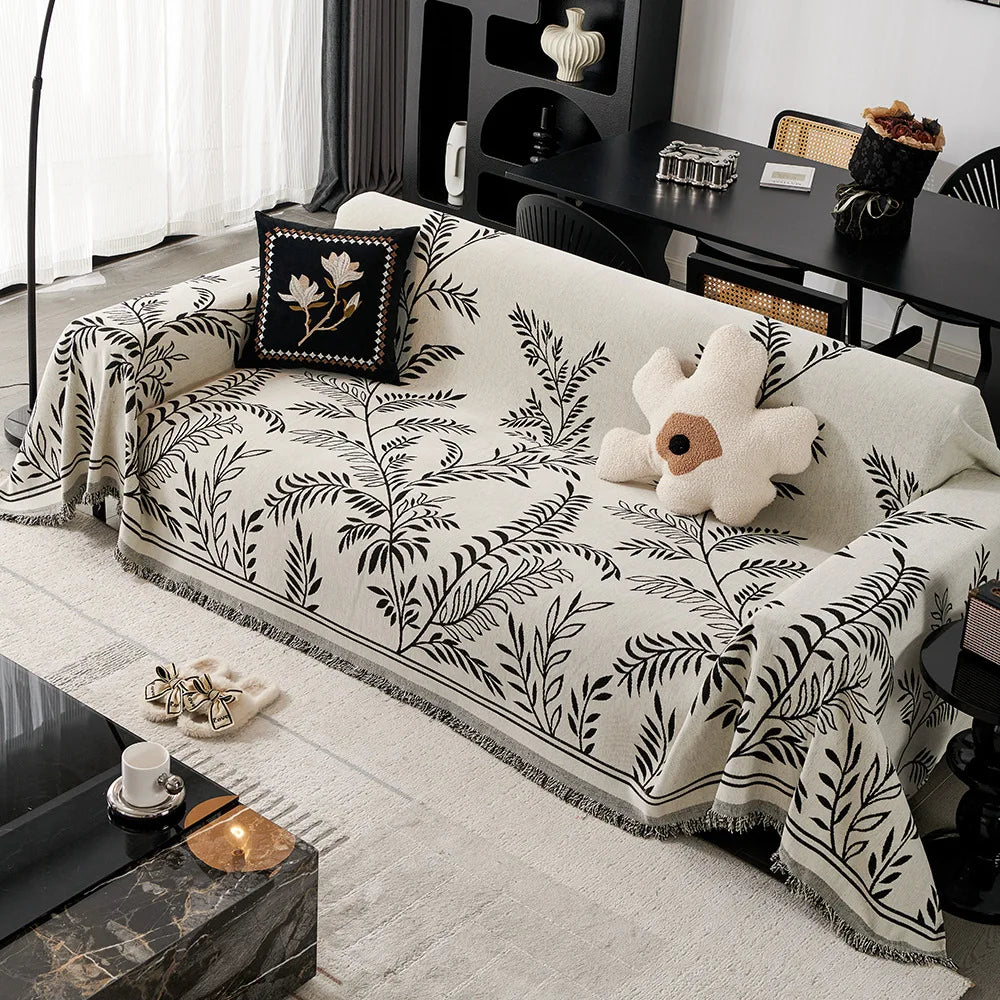
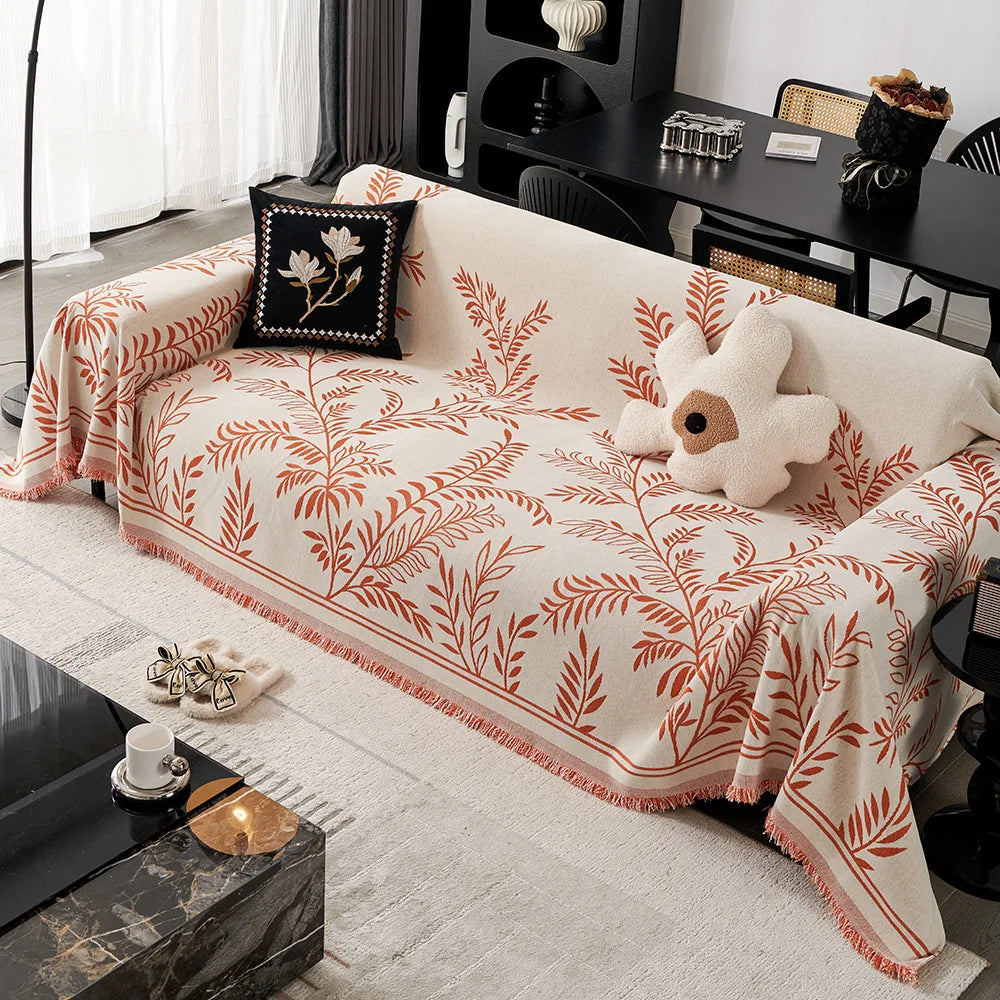
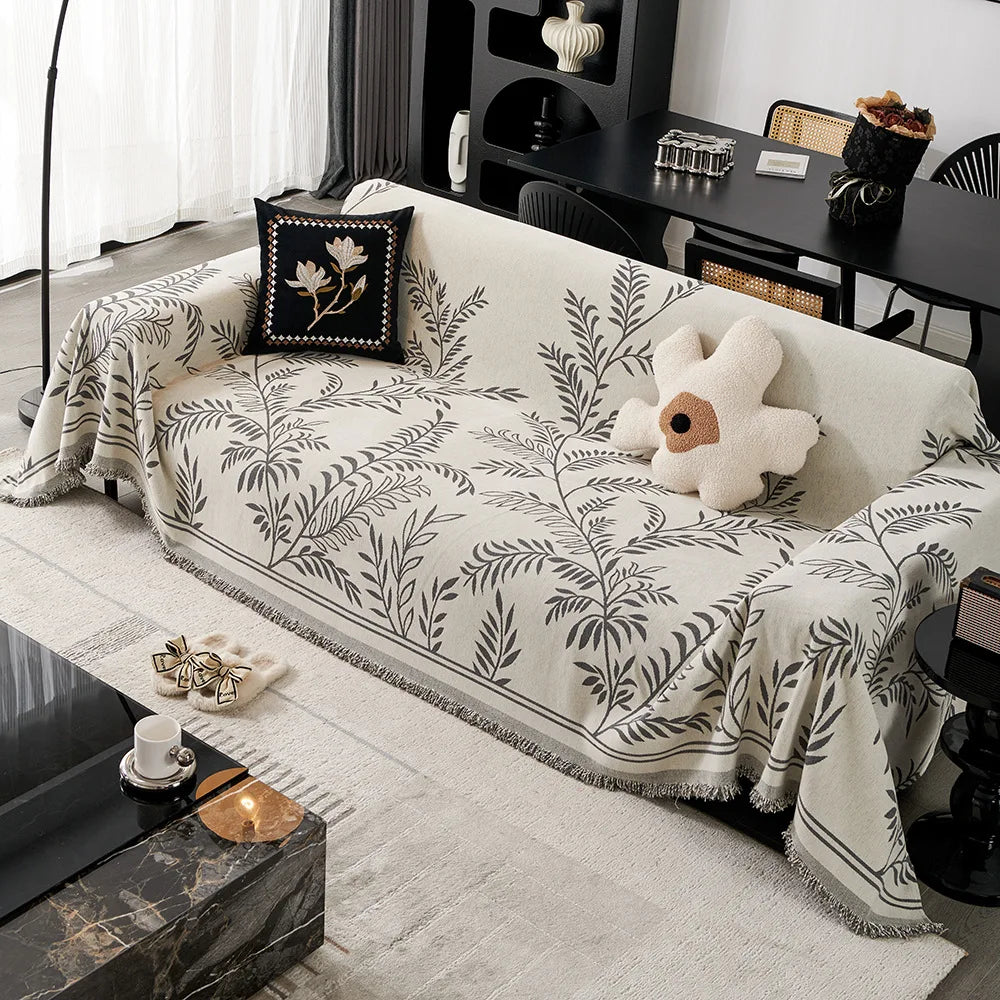
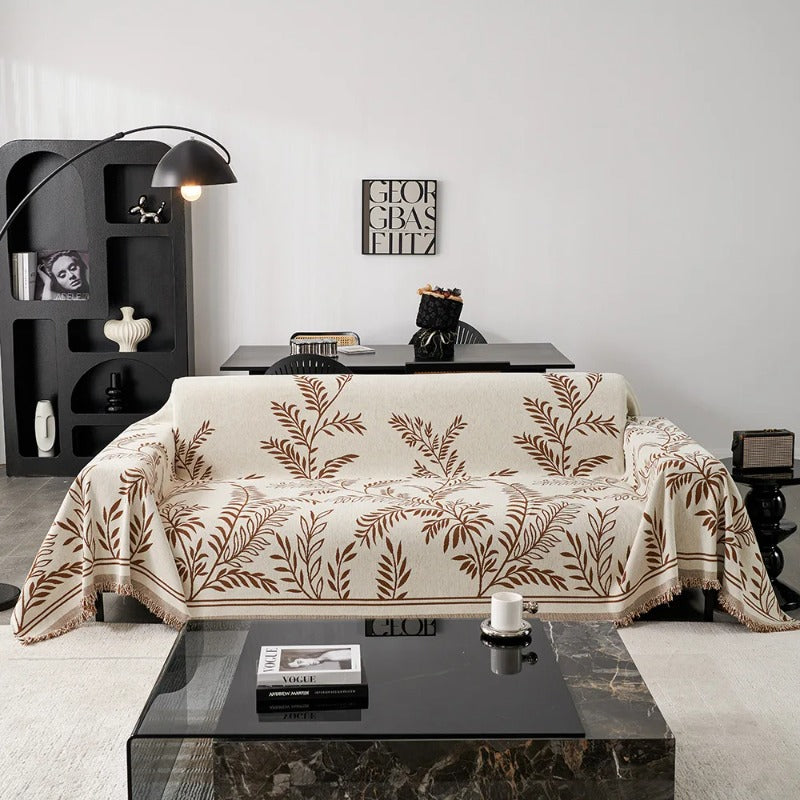
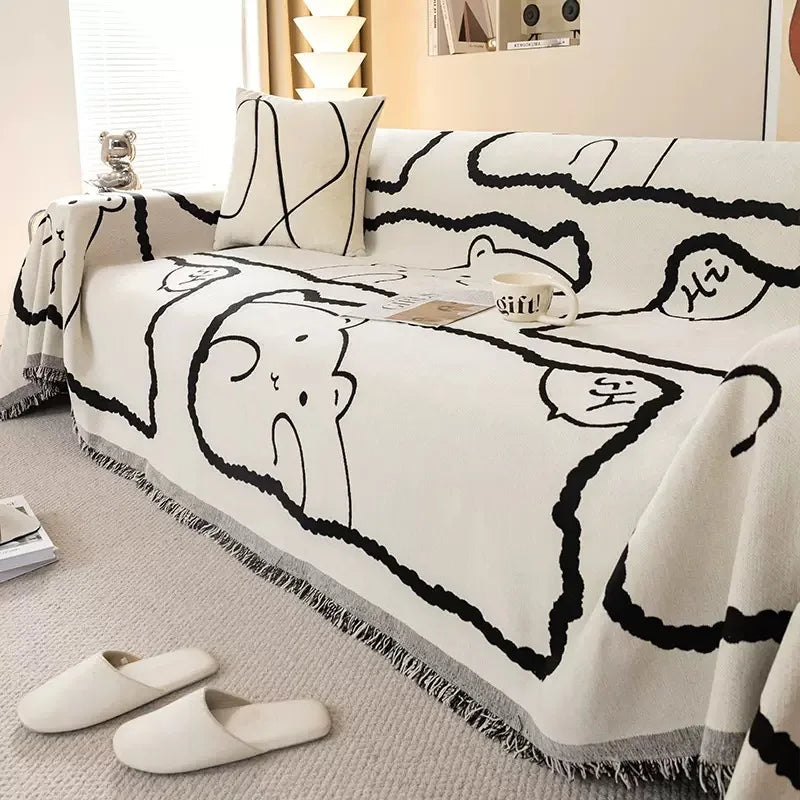
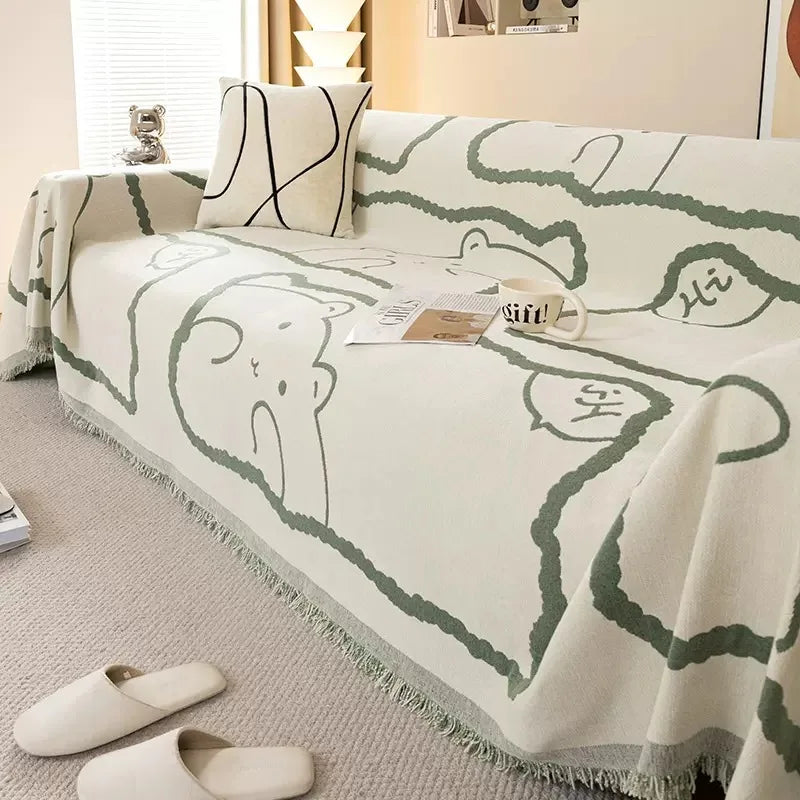
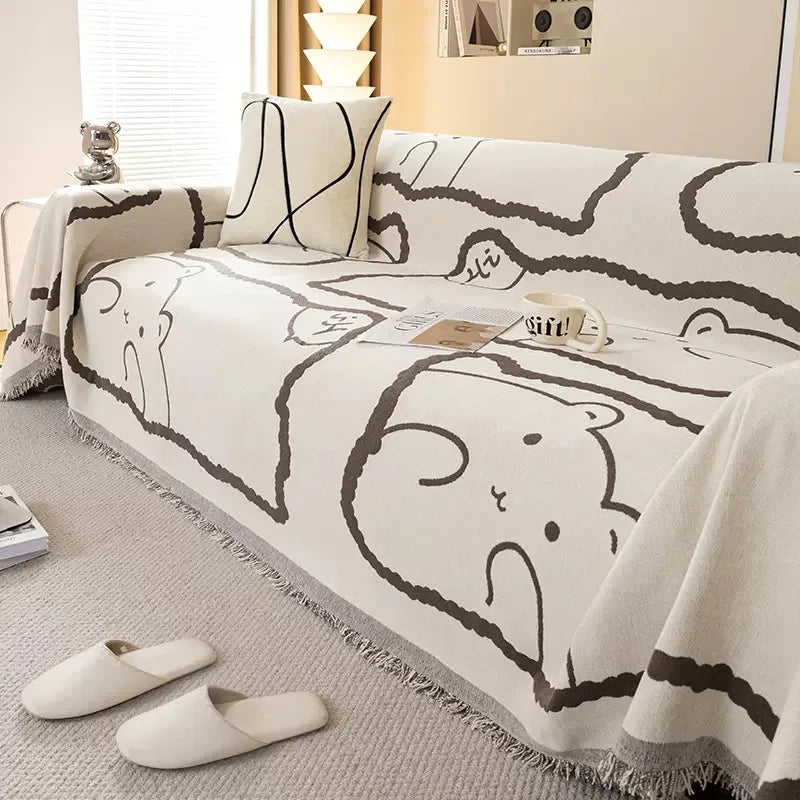
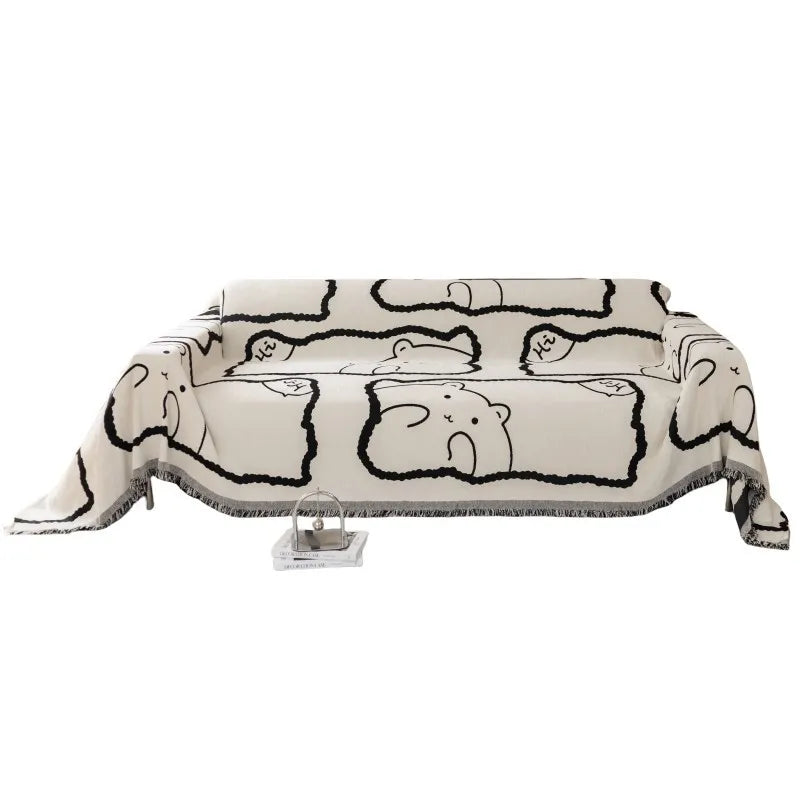
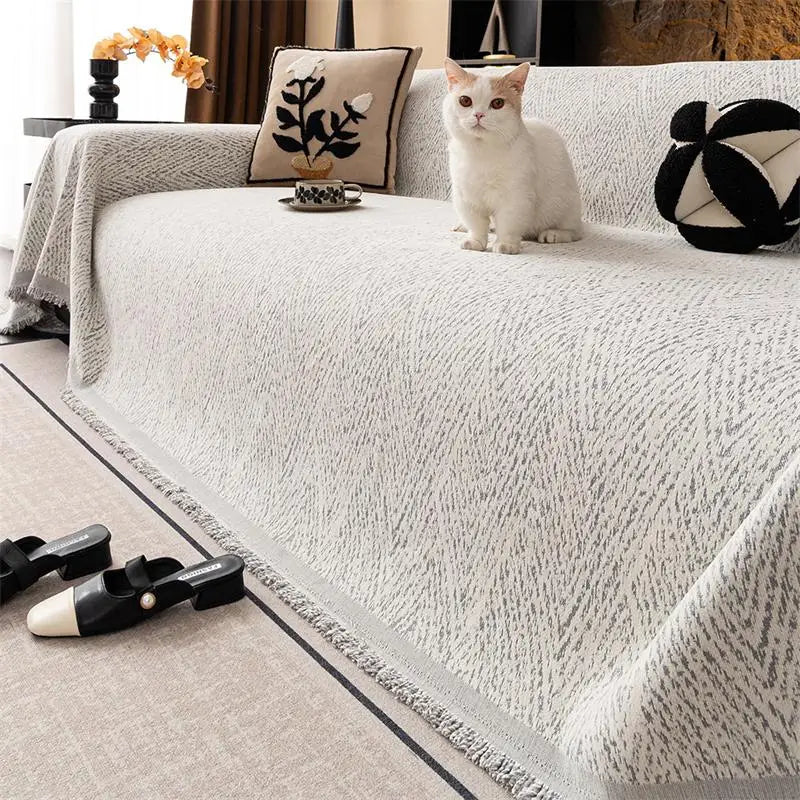
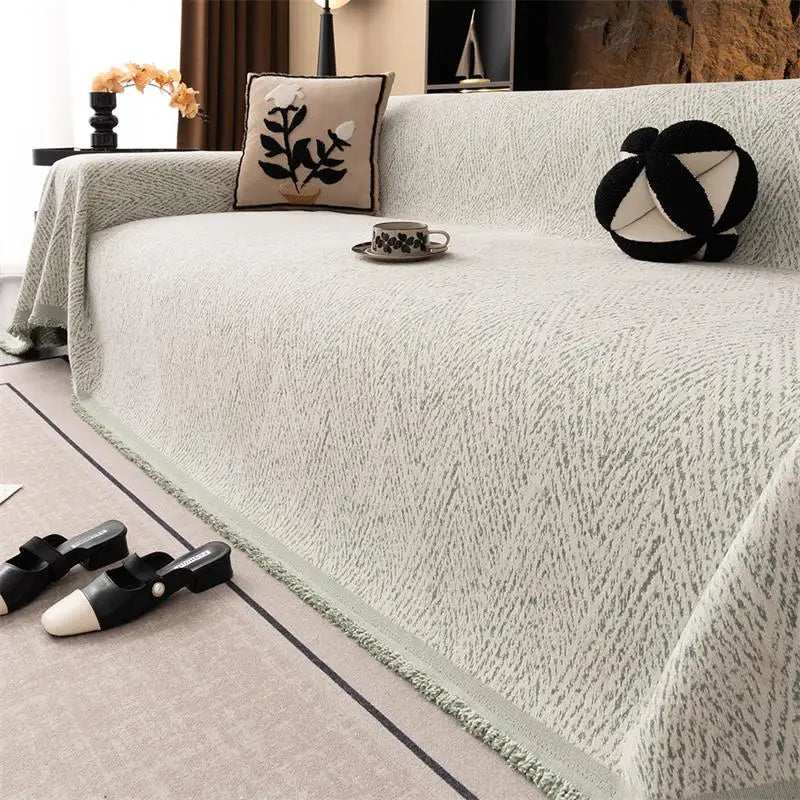
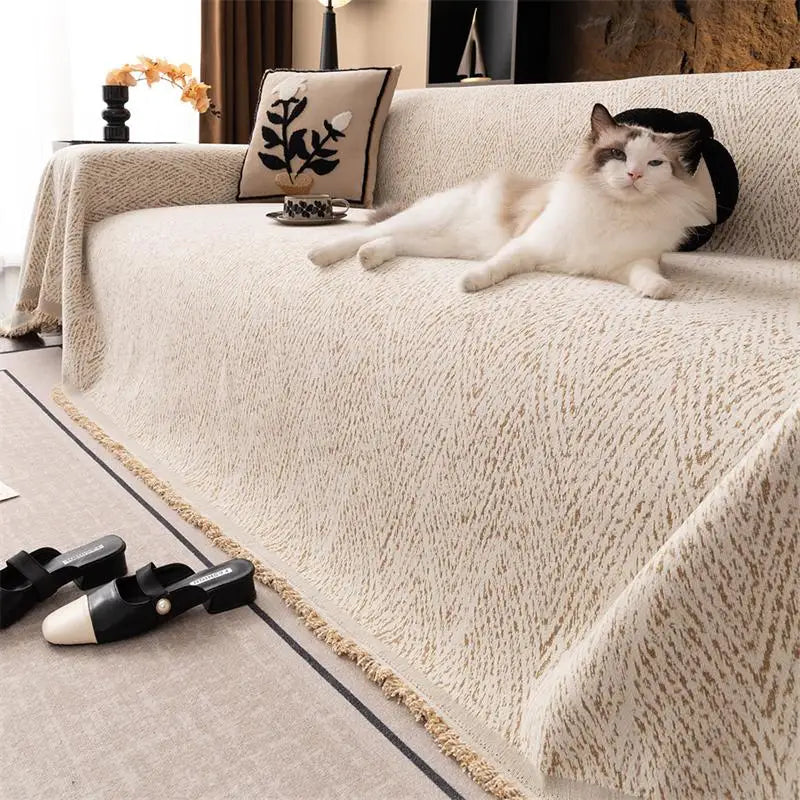
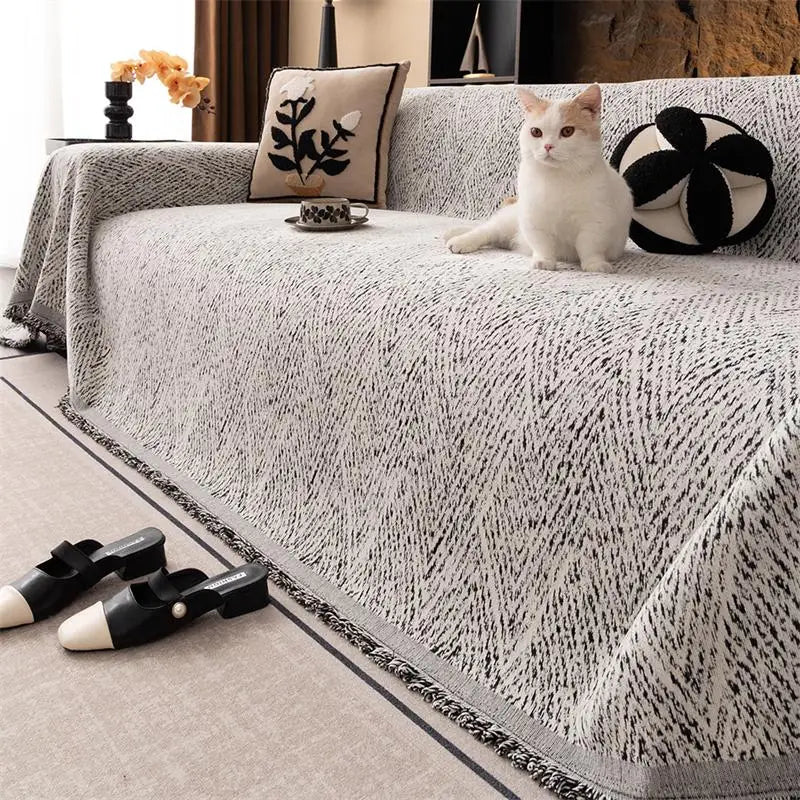
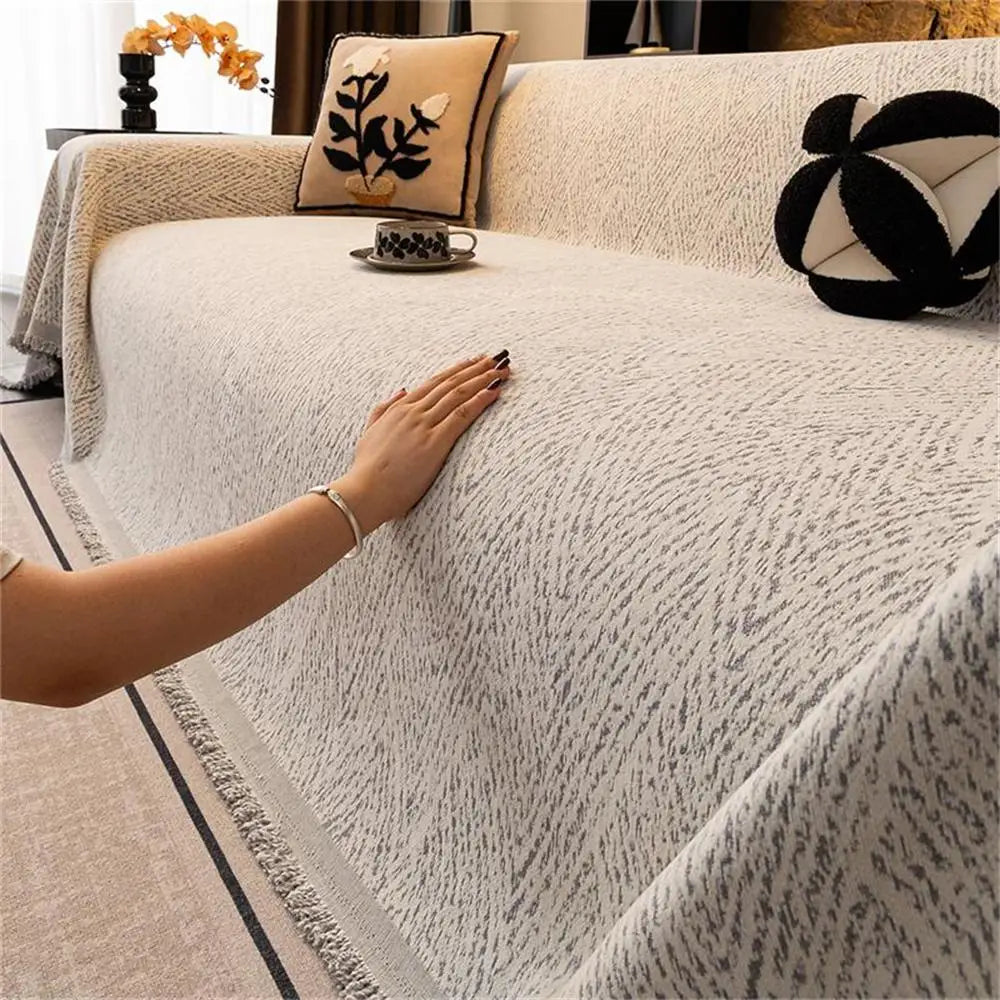
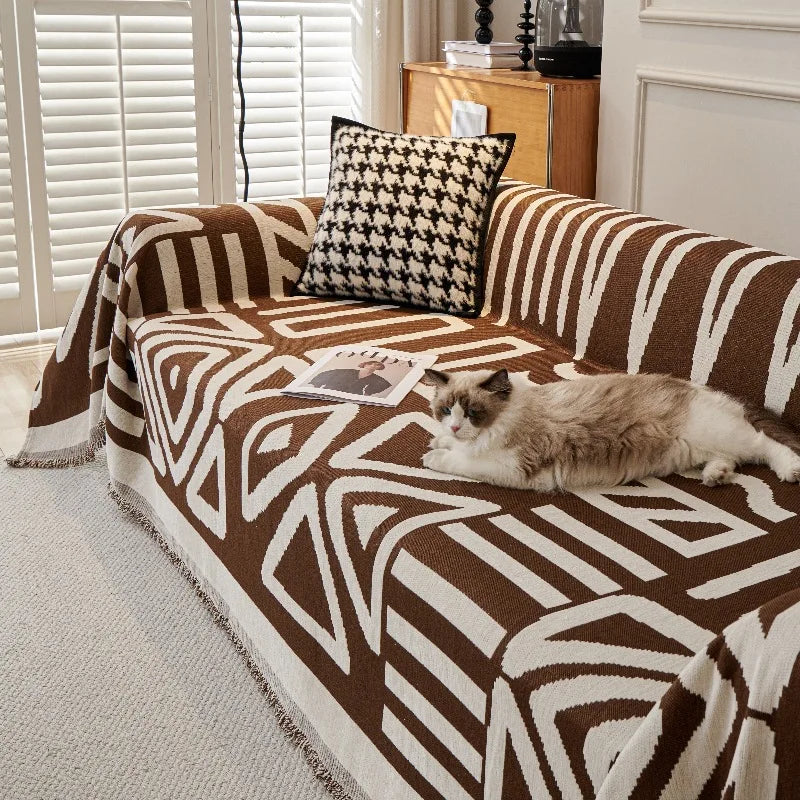
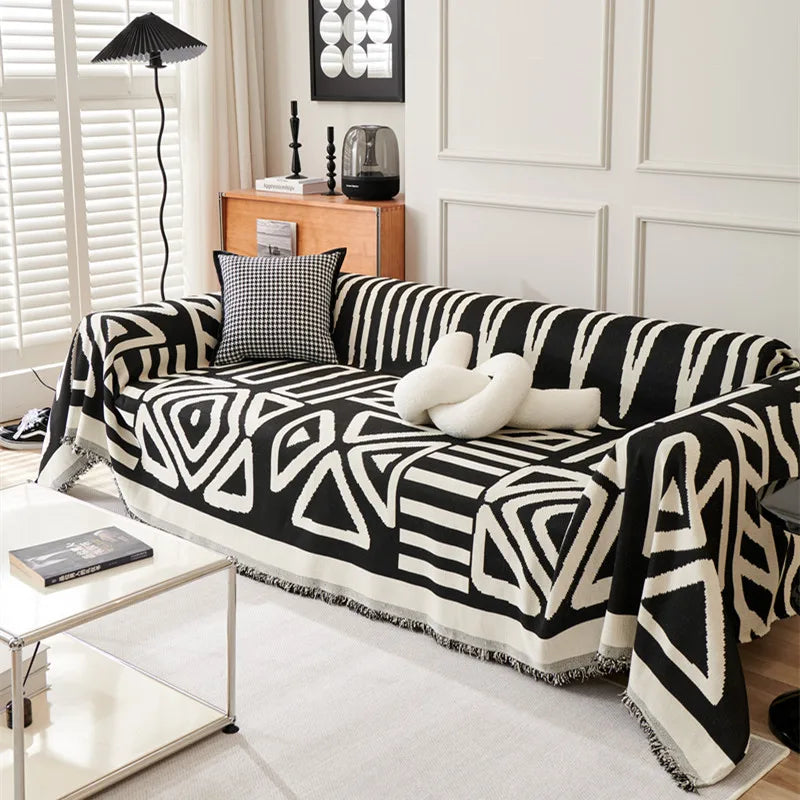
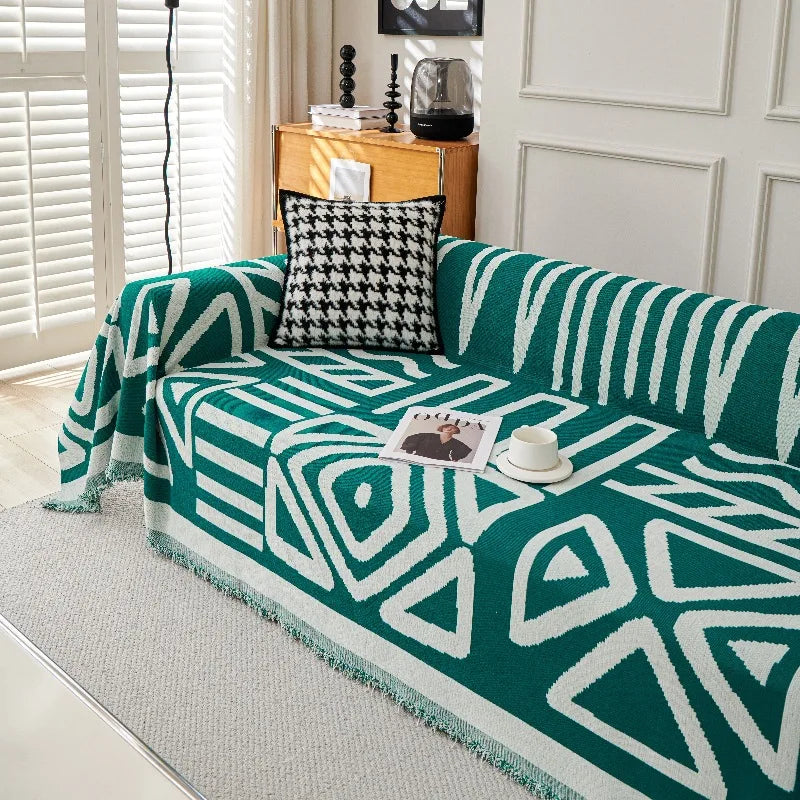
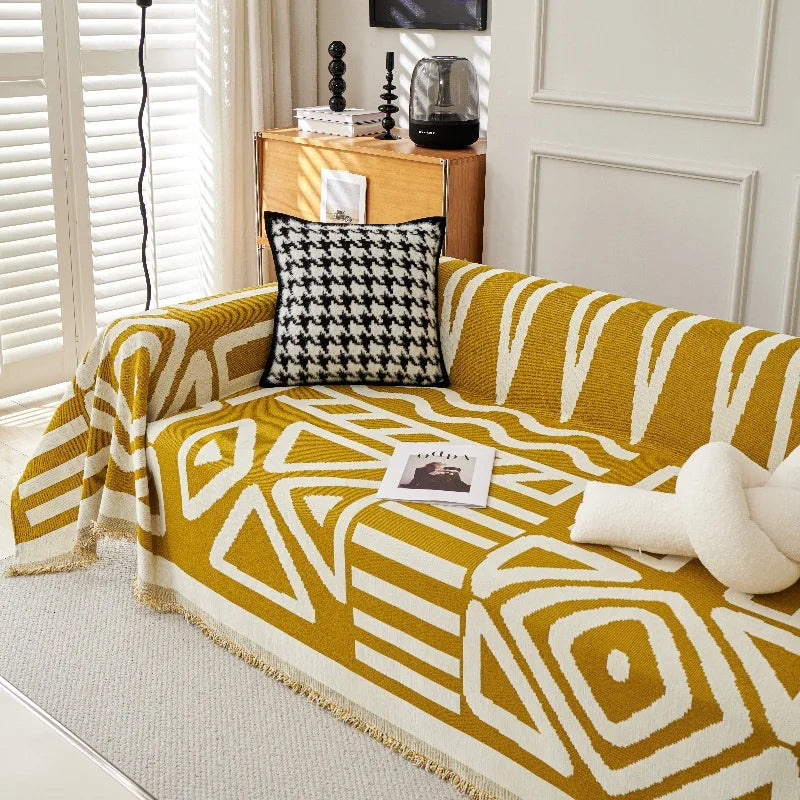
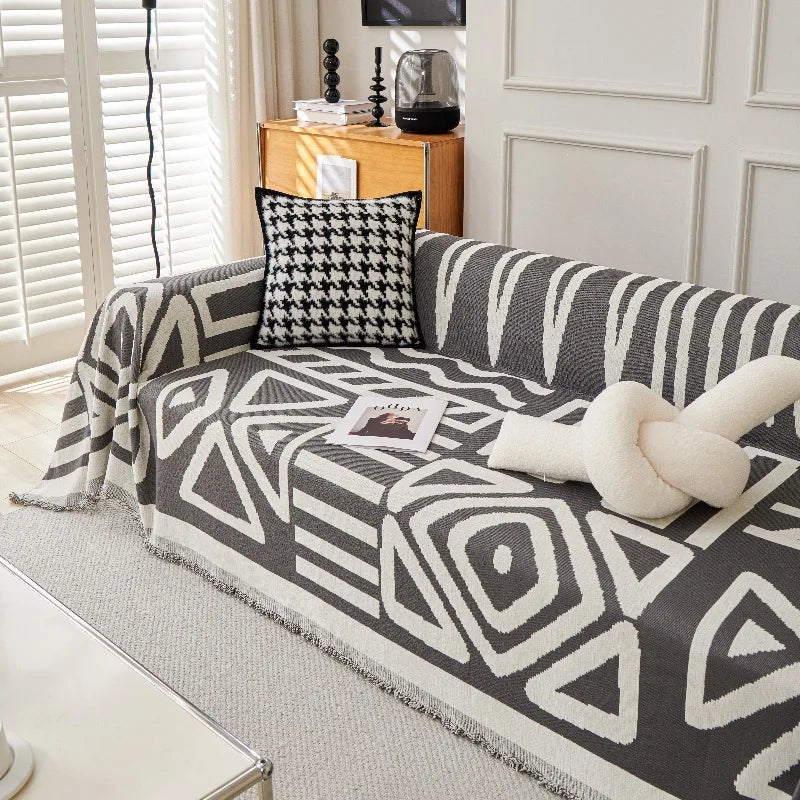
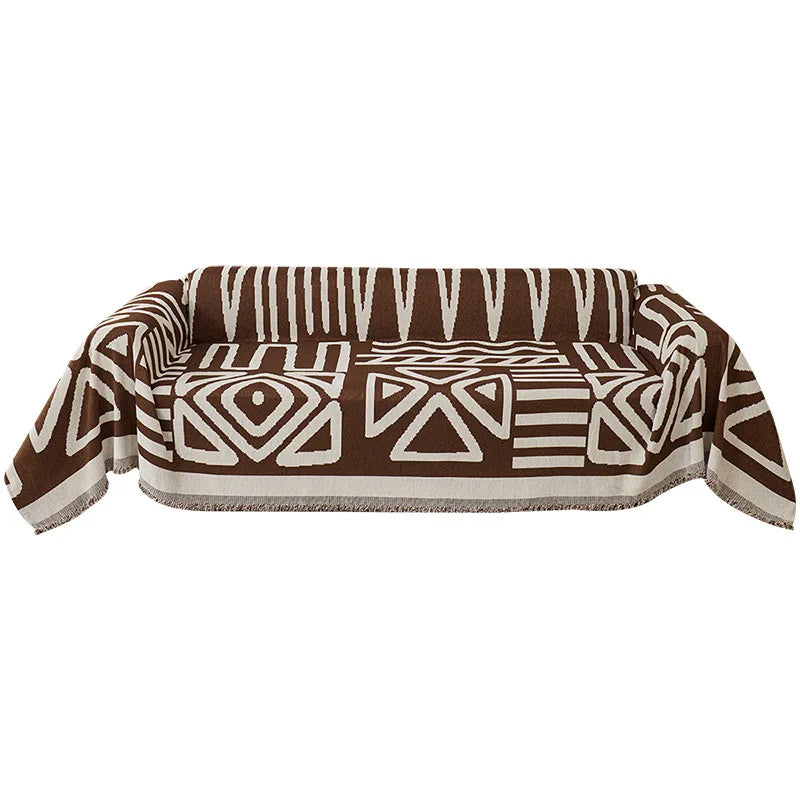
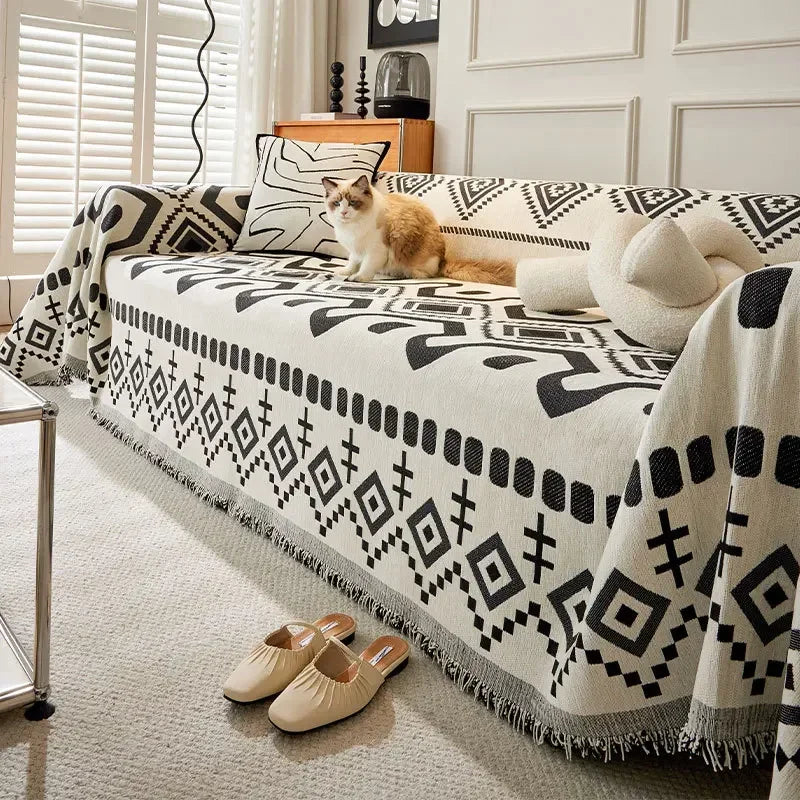
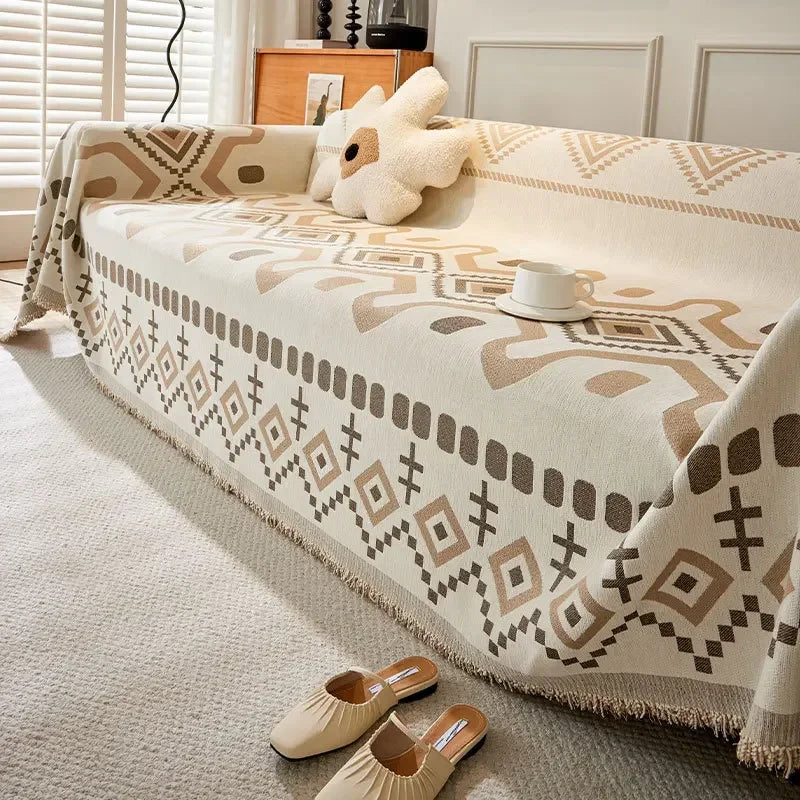
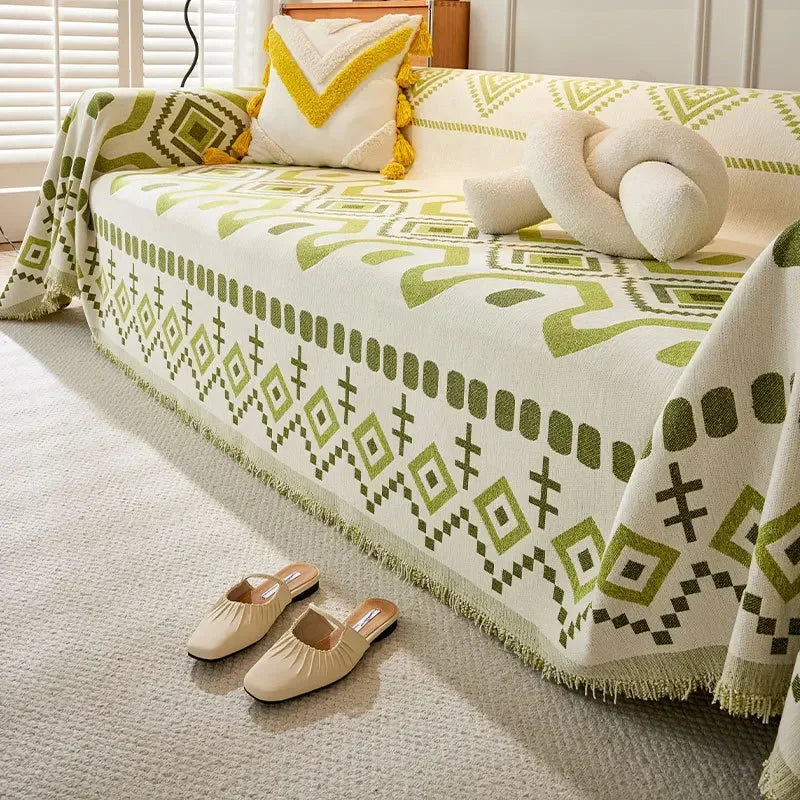
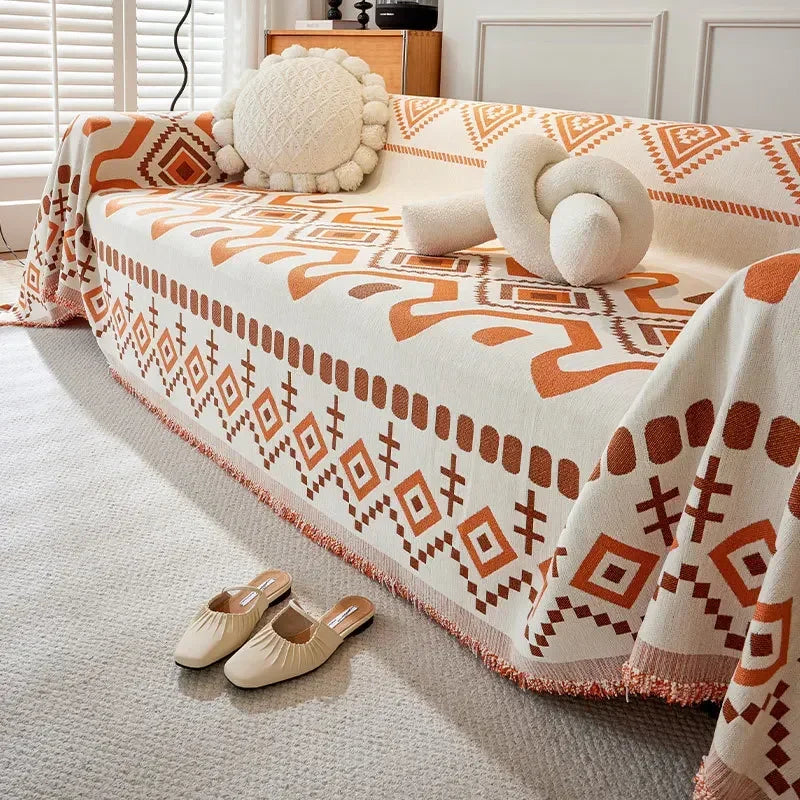
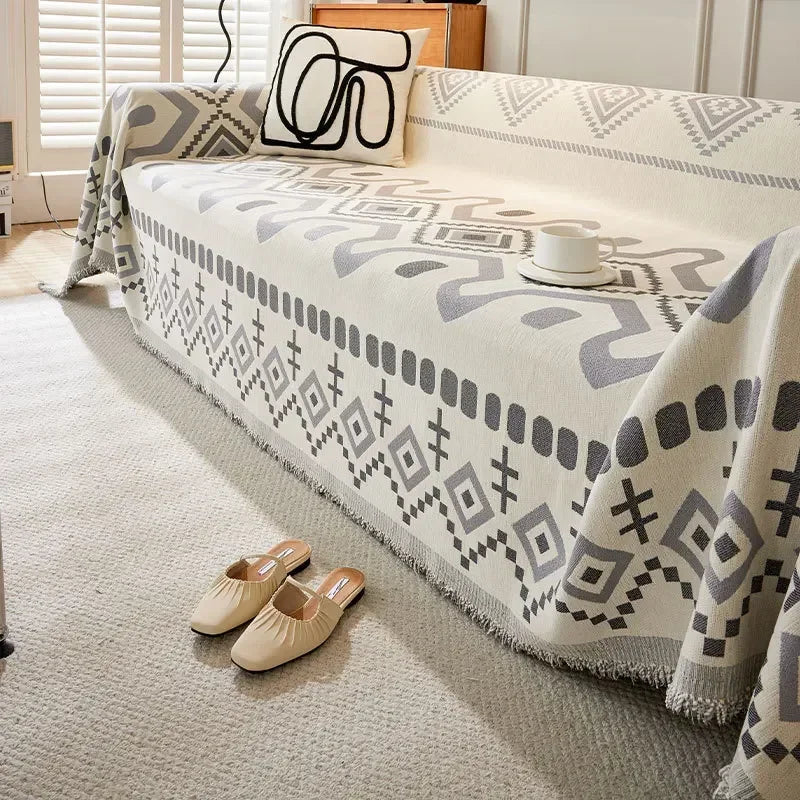
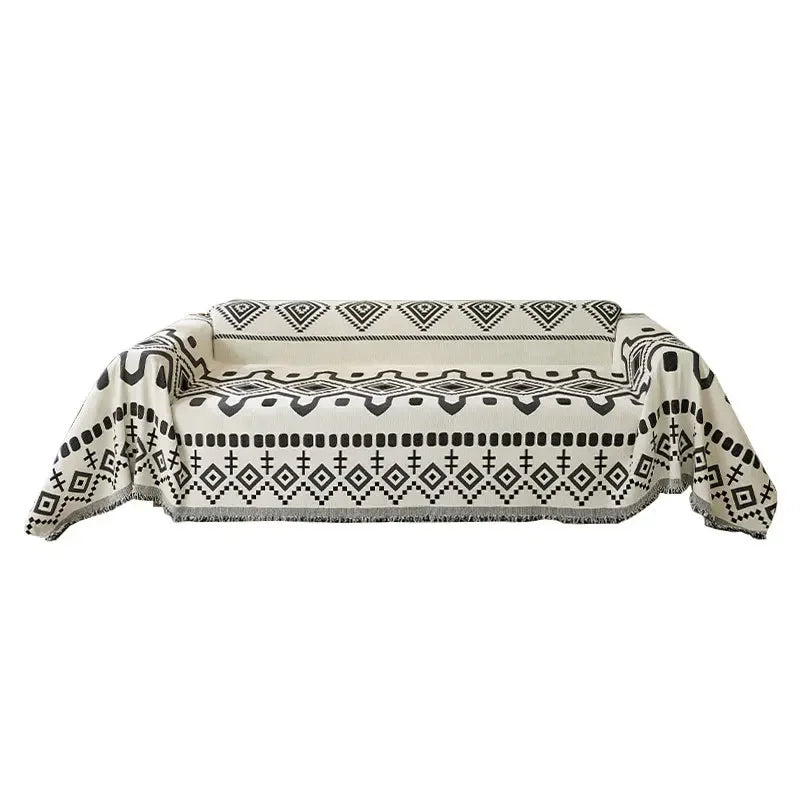
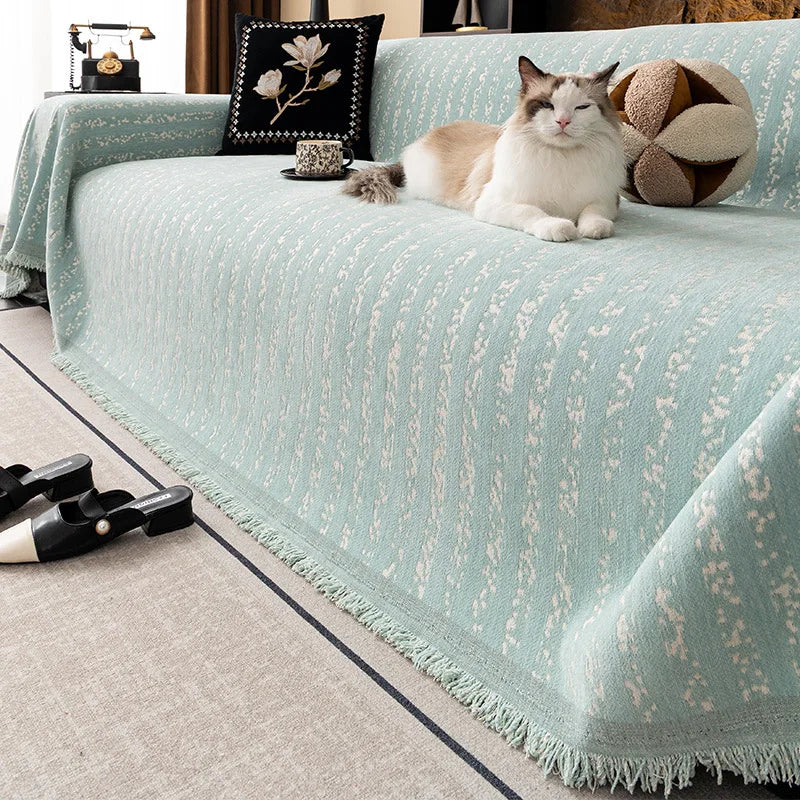
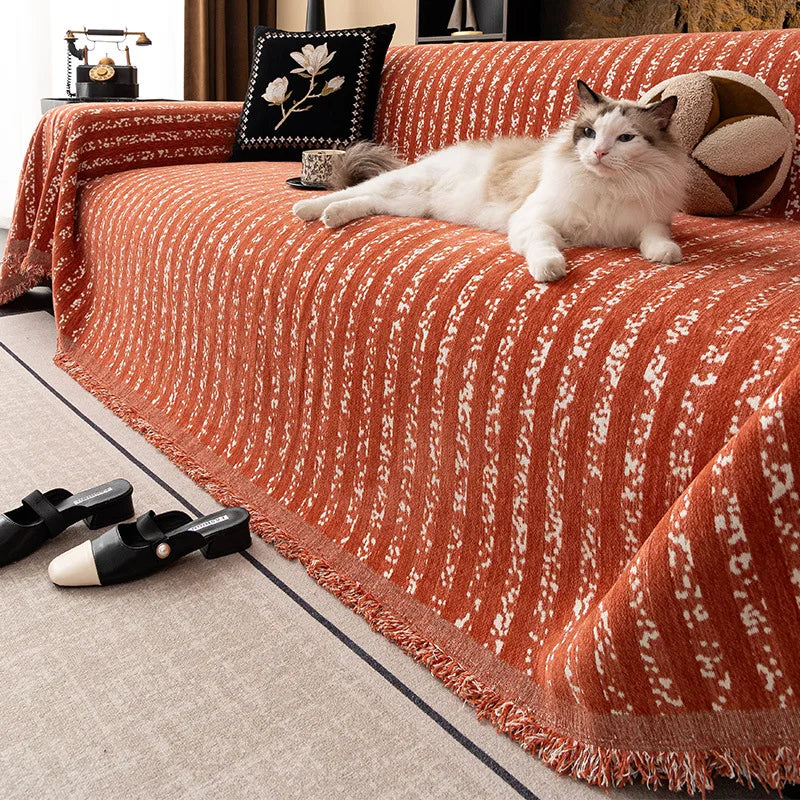
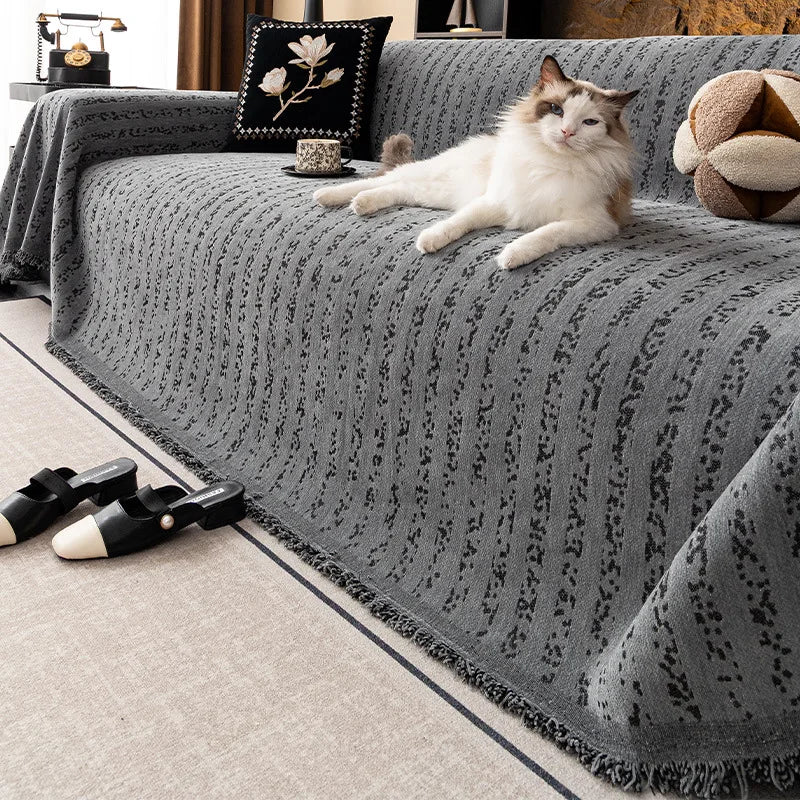
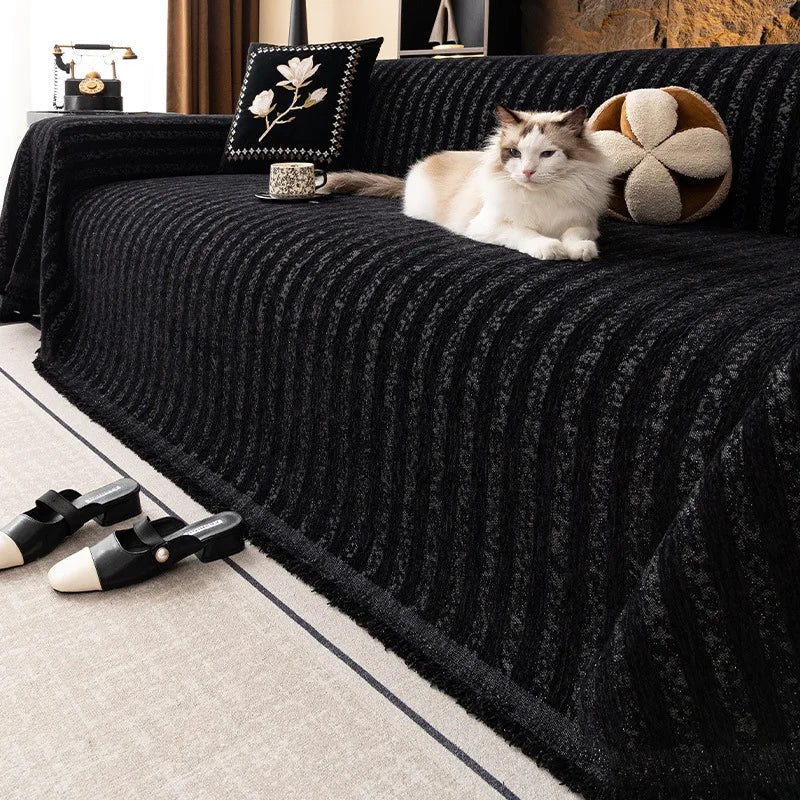
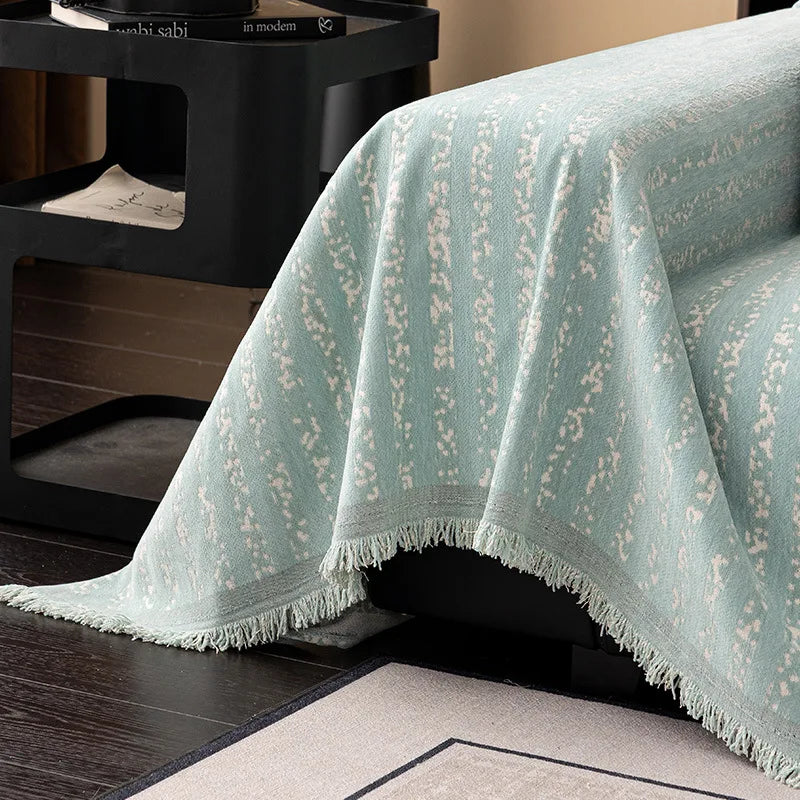

1 comment
😈🔥 Dating for sex. Let's Go >>> yandex.com/poll/LZW8GPQdJg3xe5C7gt95bD?hs=d76290db3330d92d91d8b5085784067e& Message # 6743 😈🔥
b6wgxc